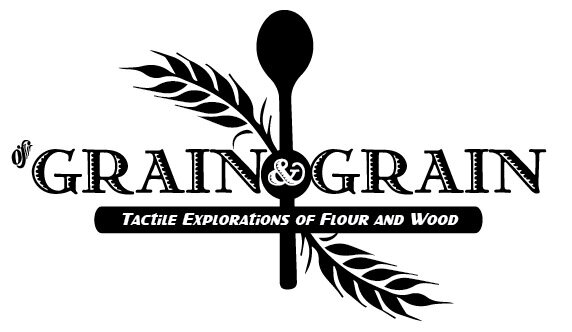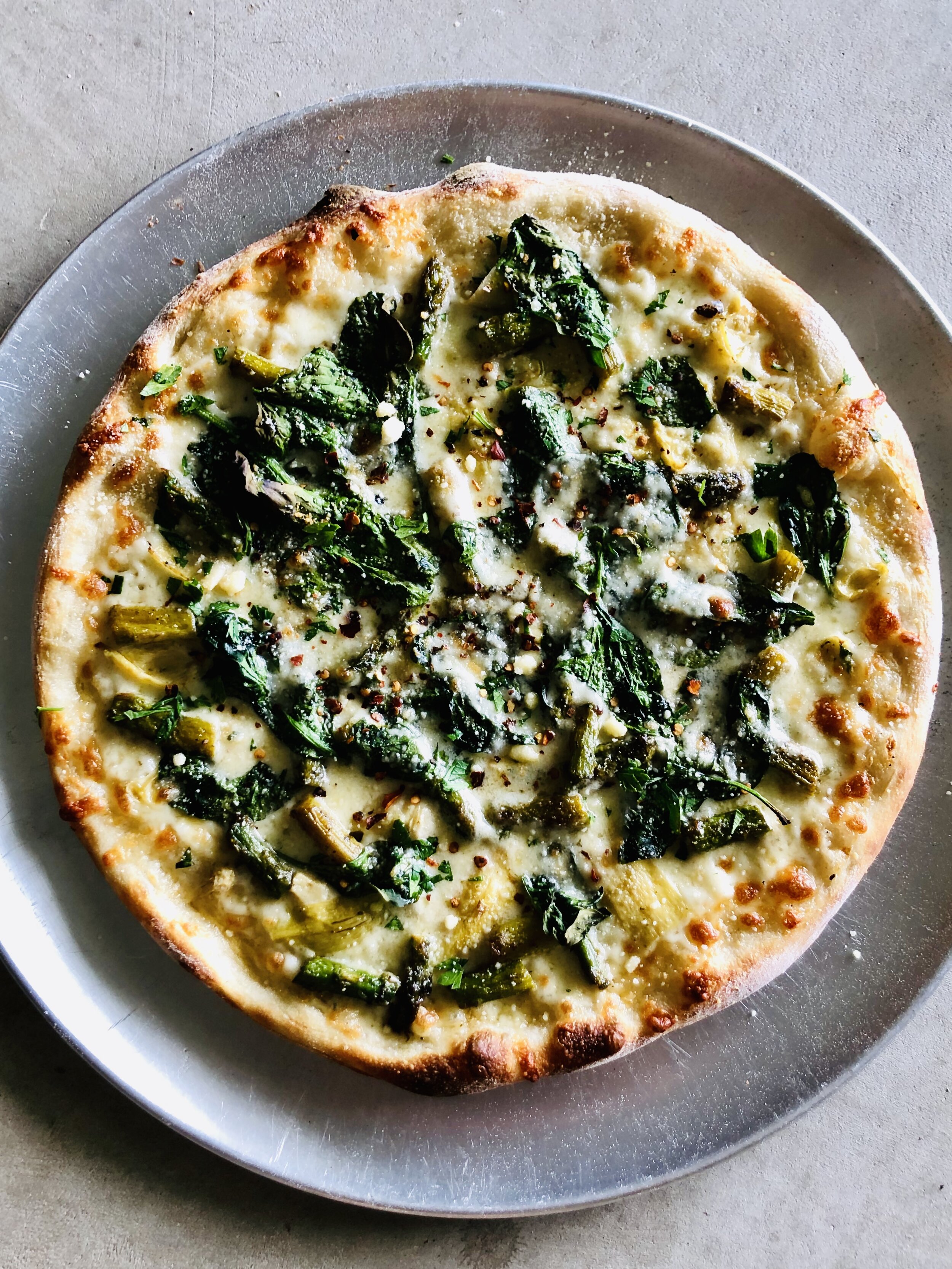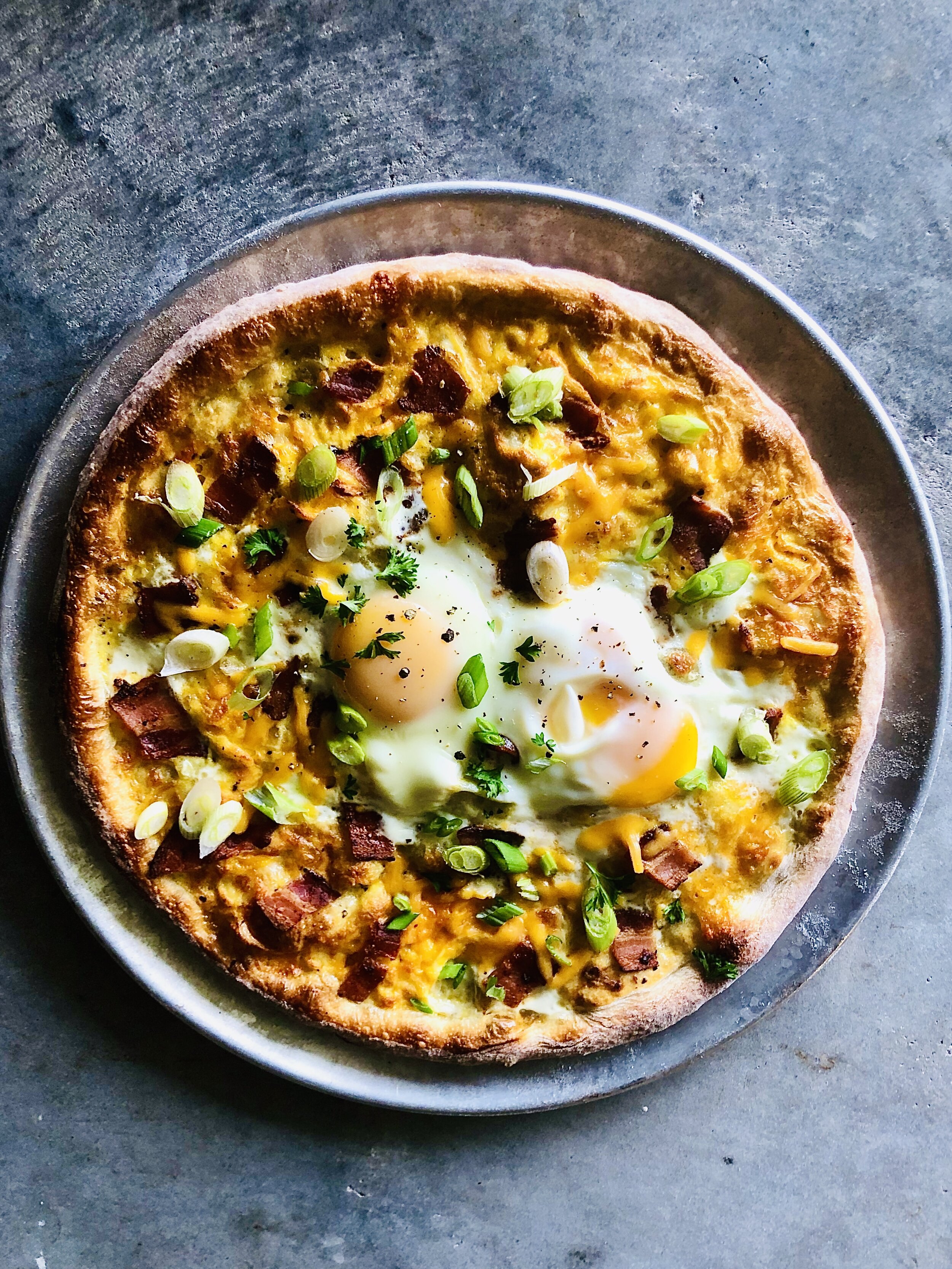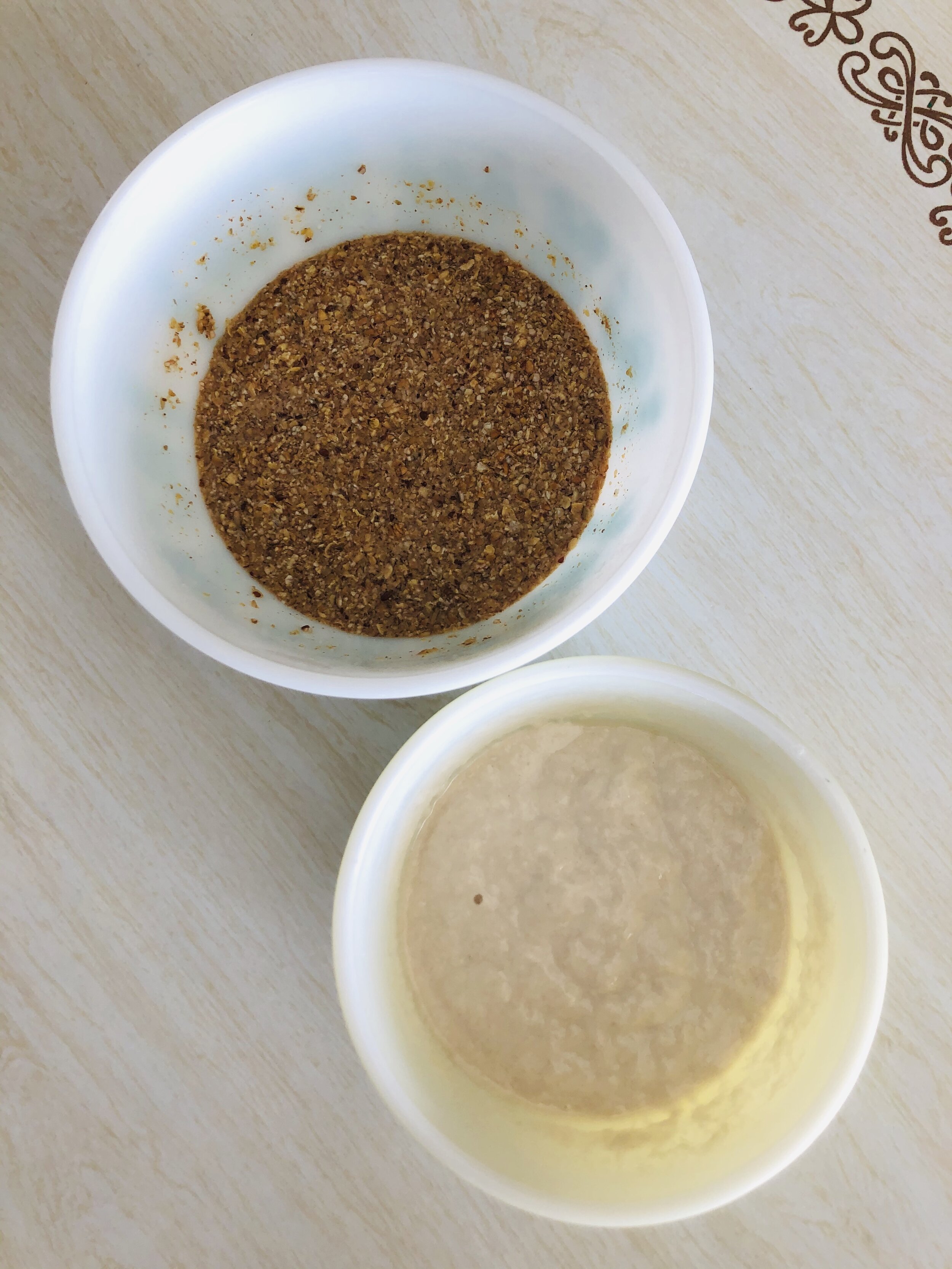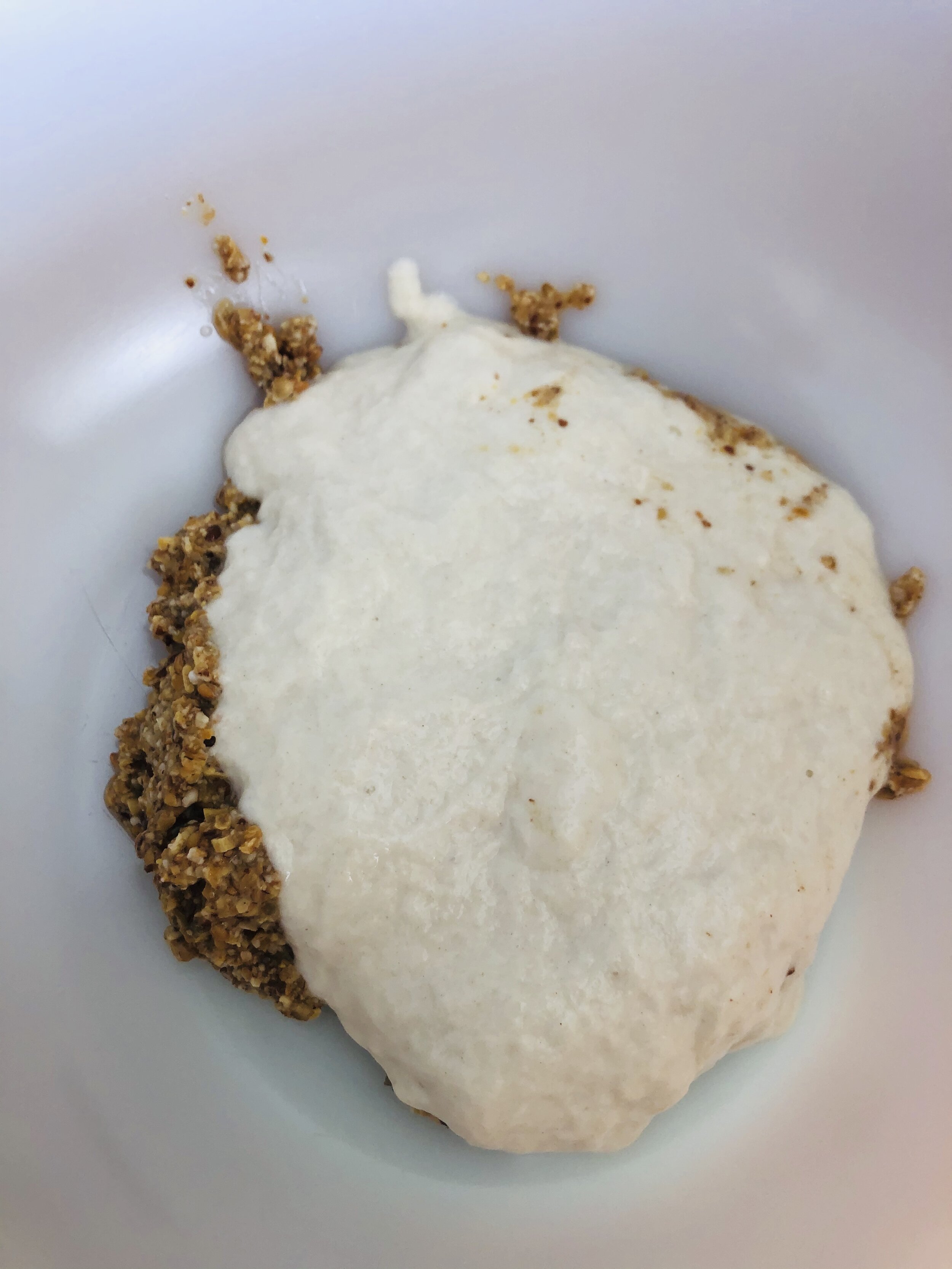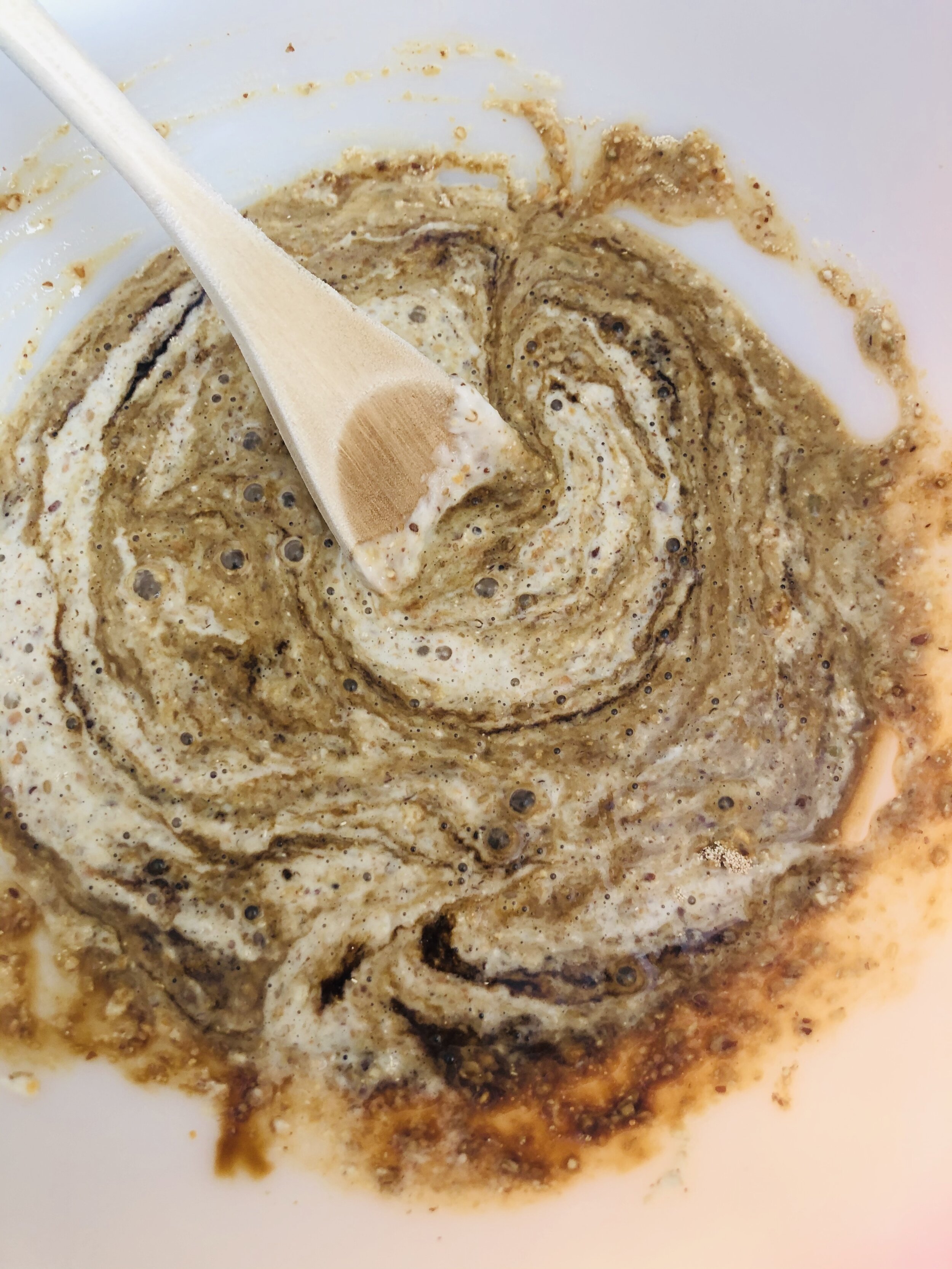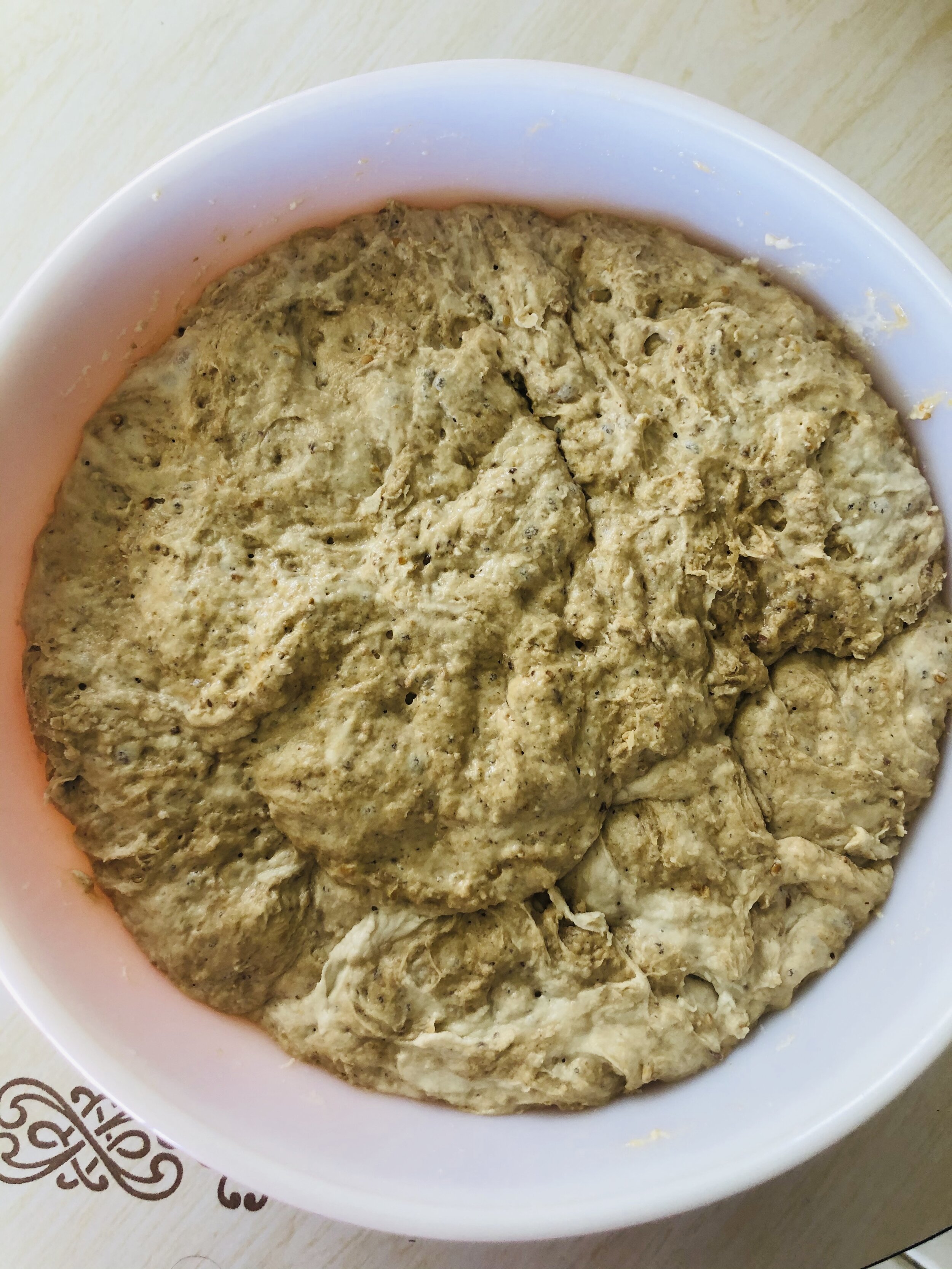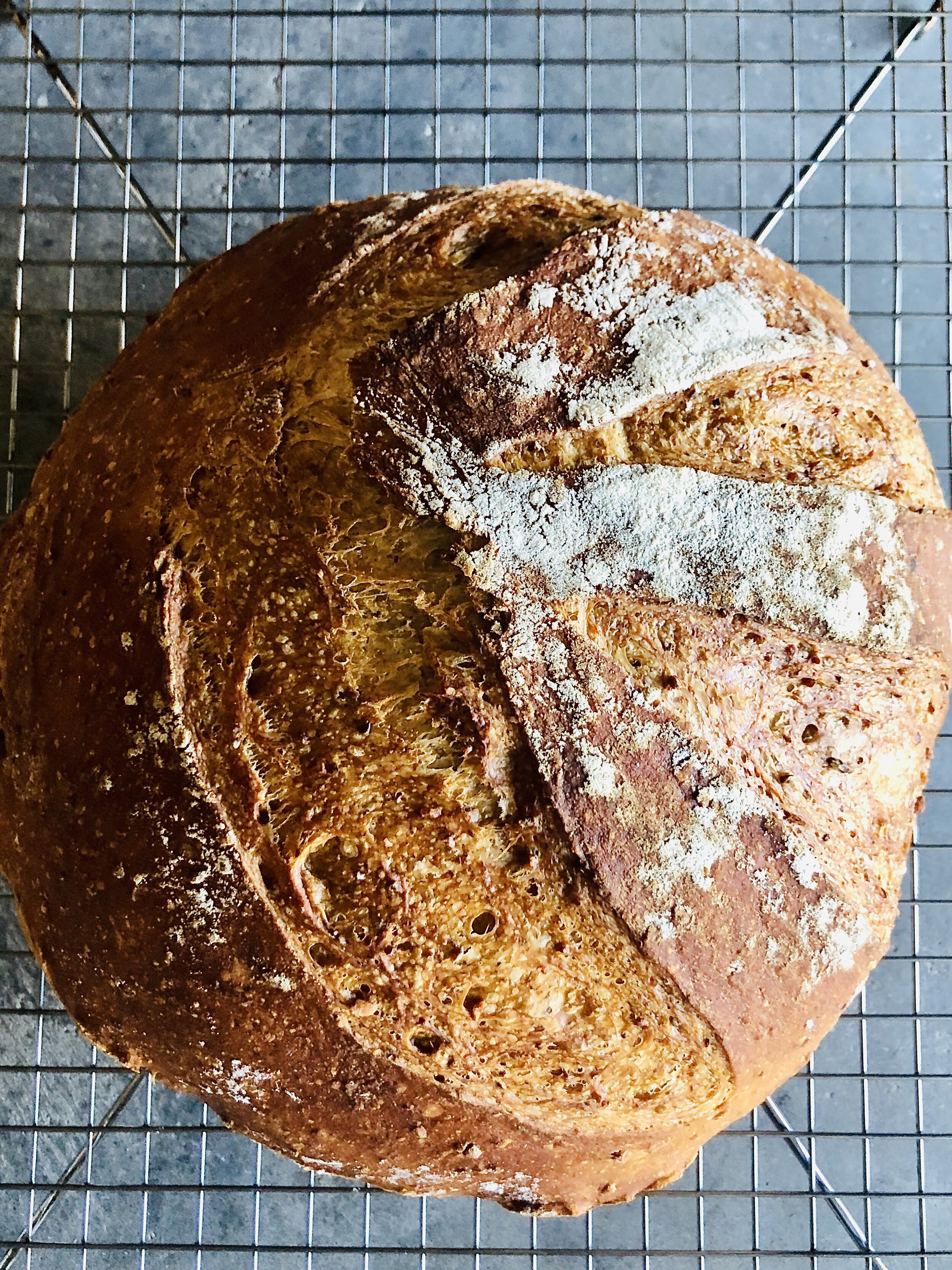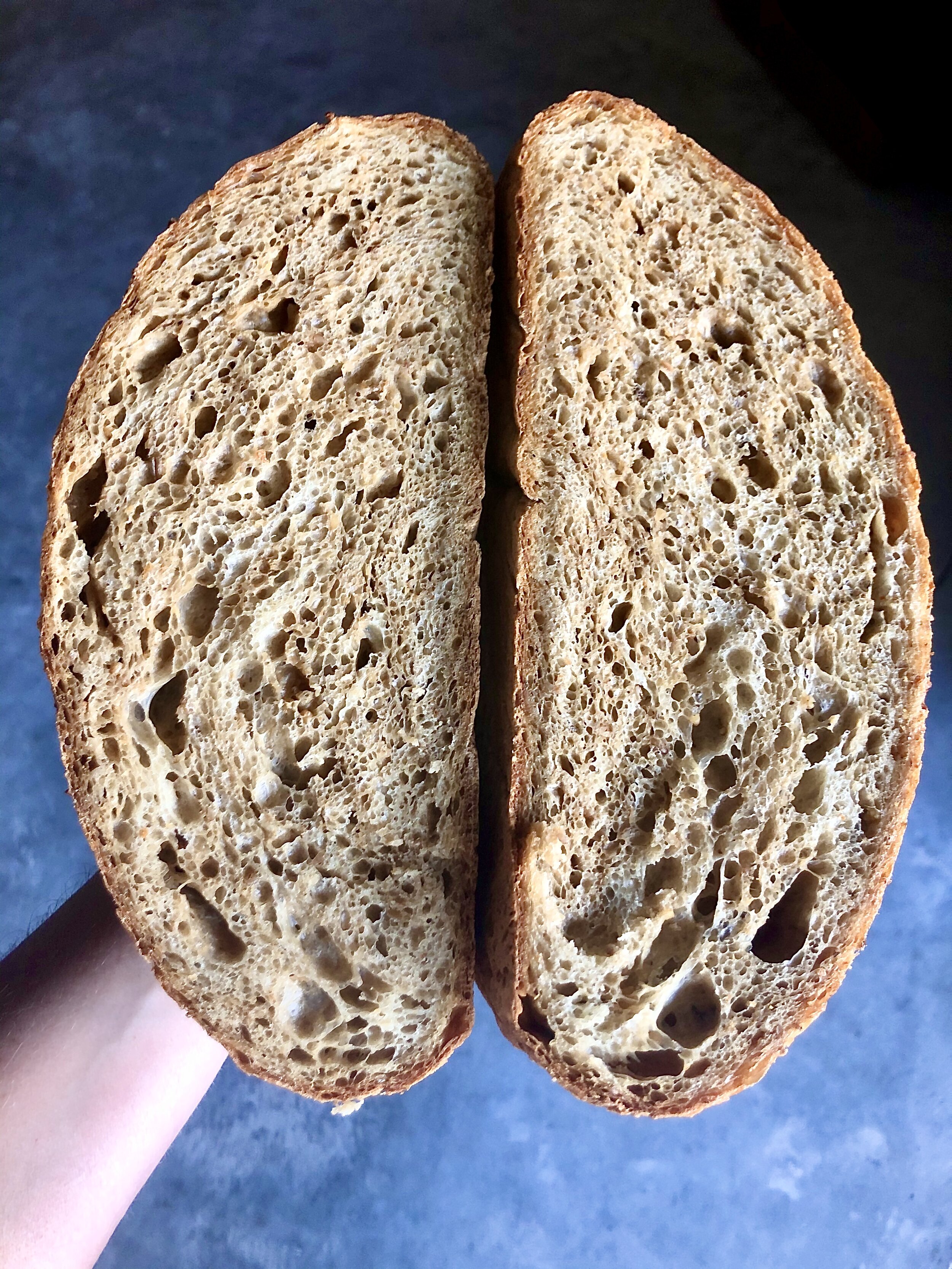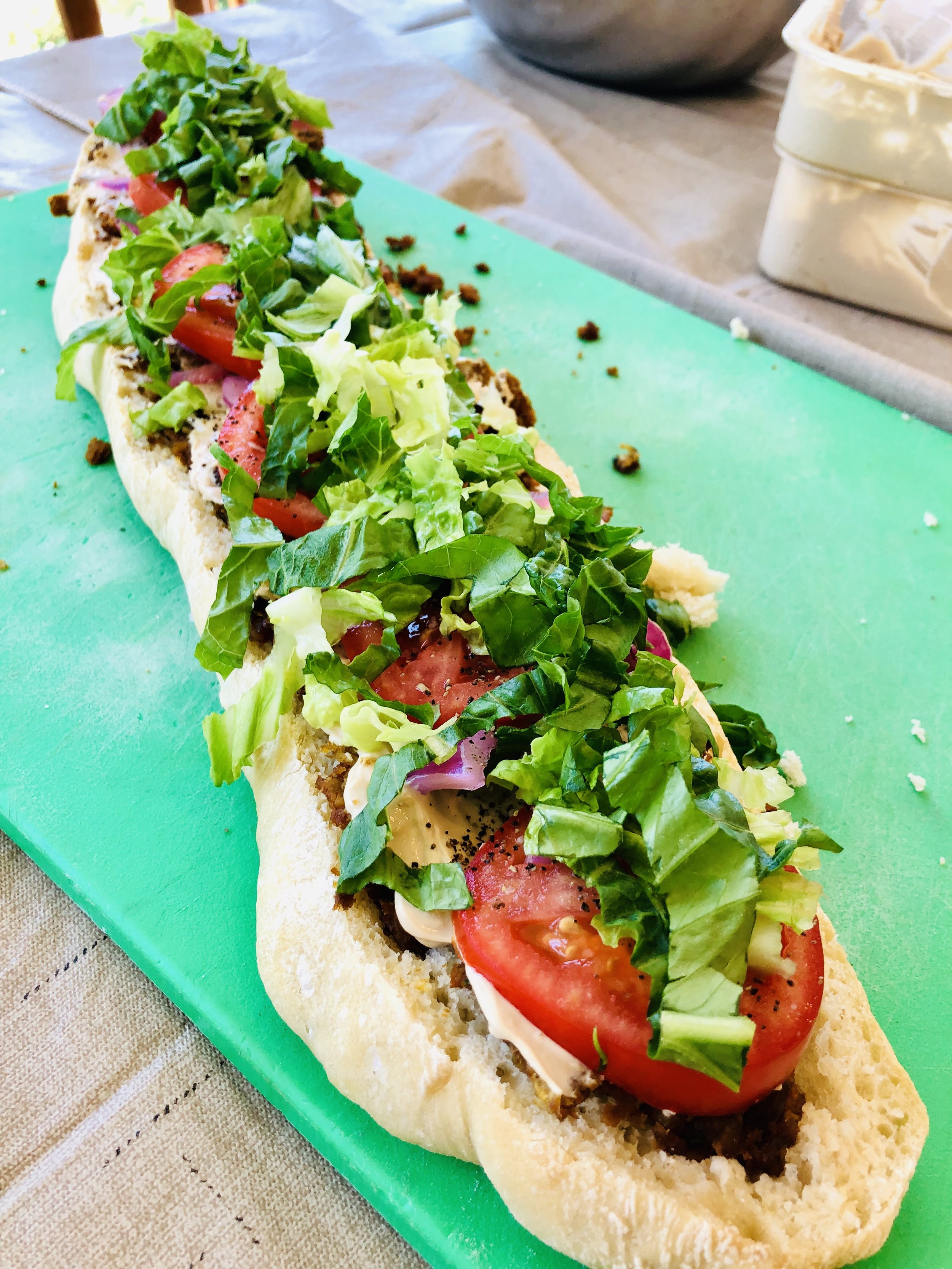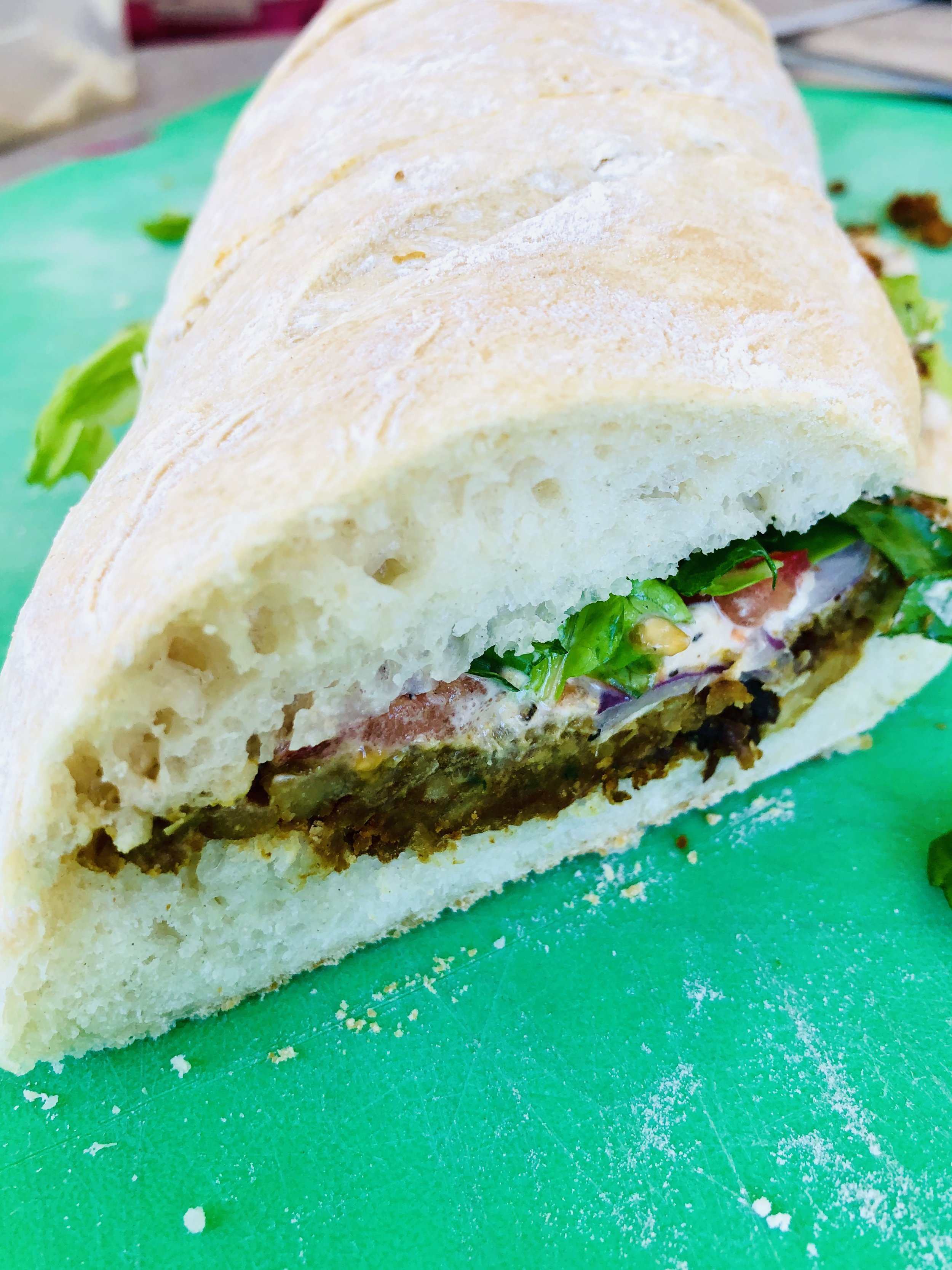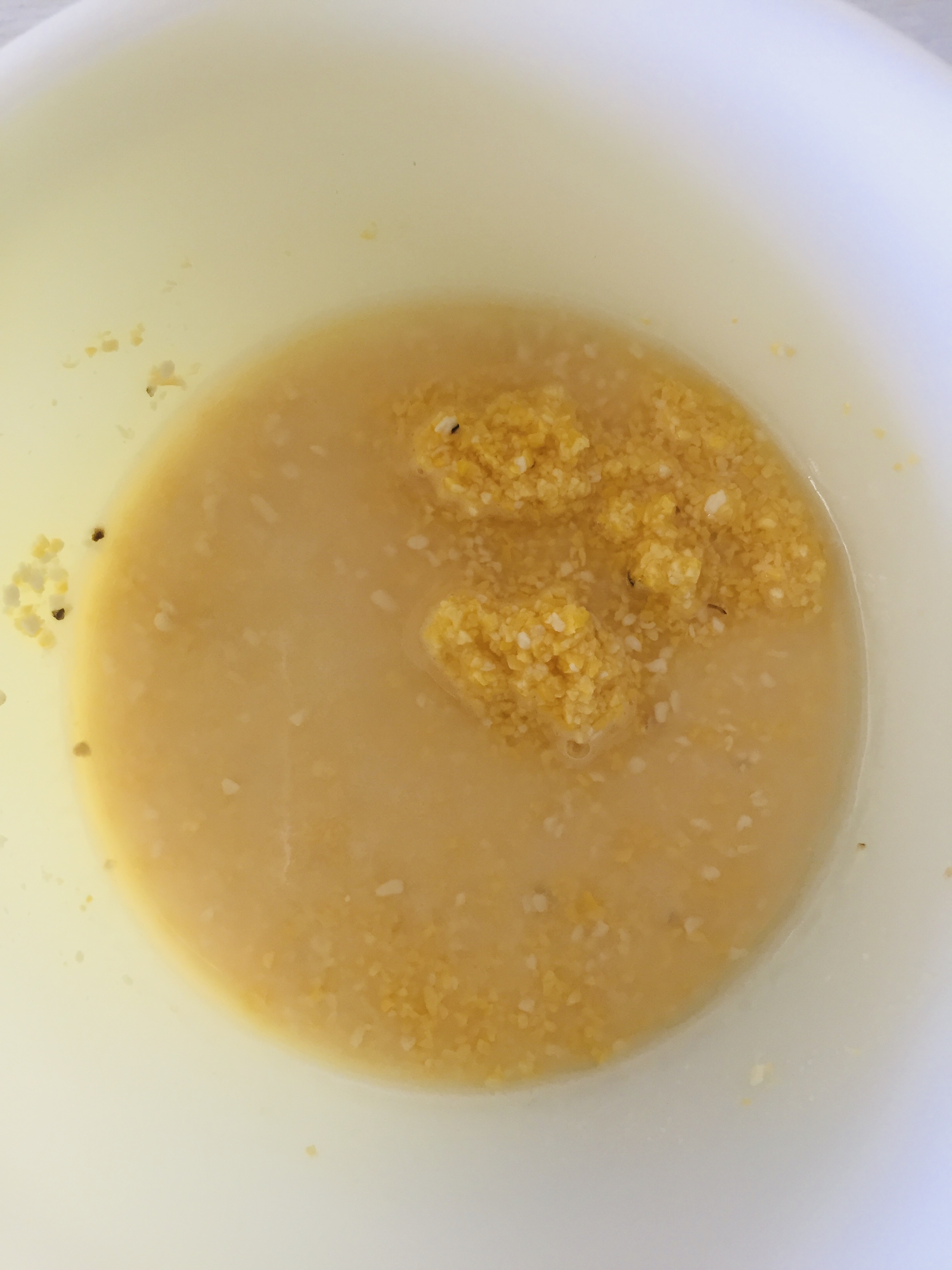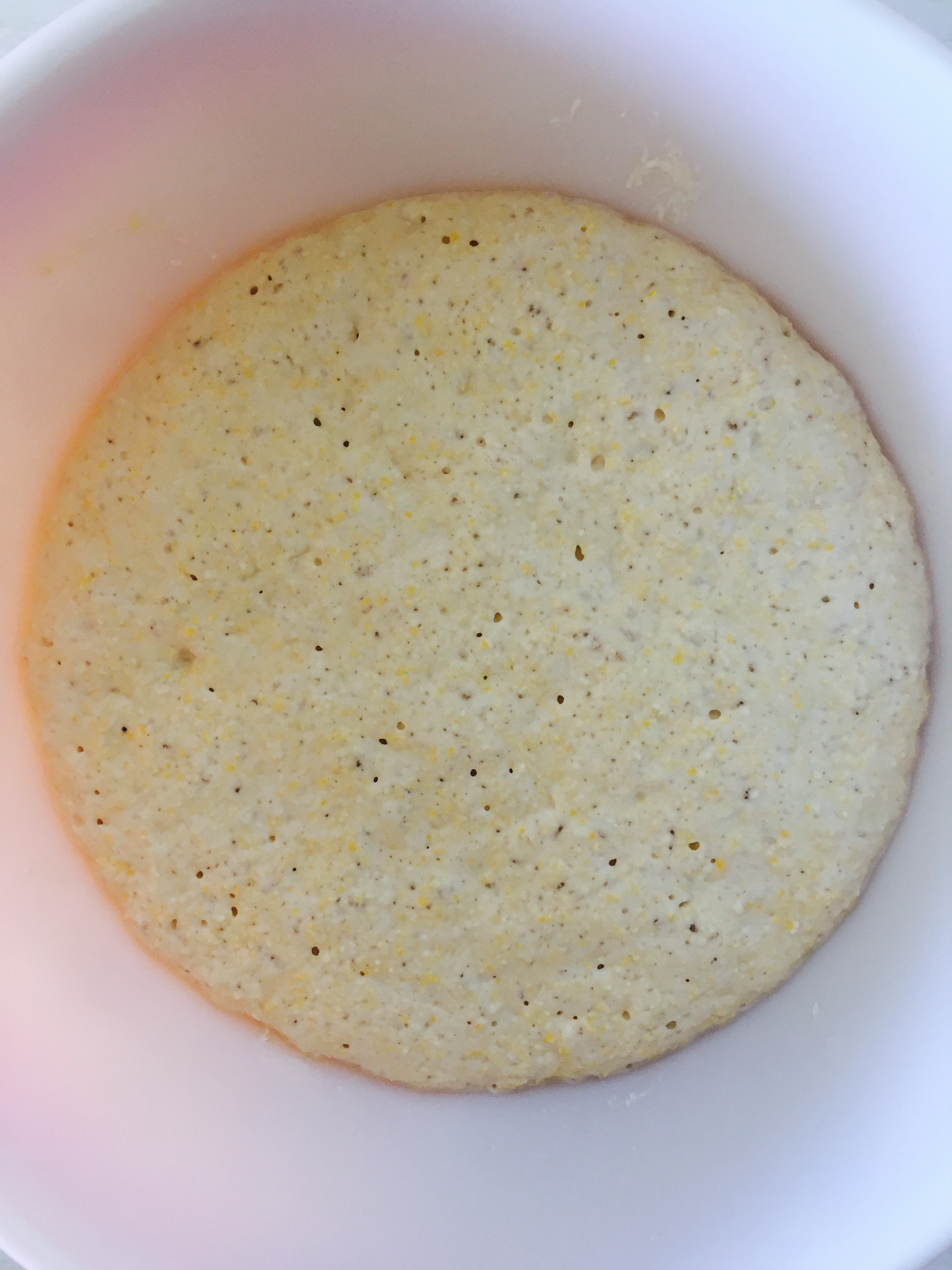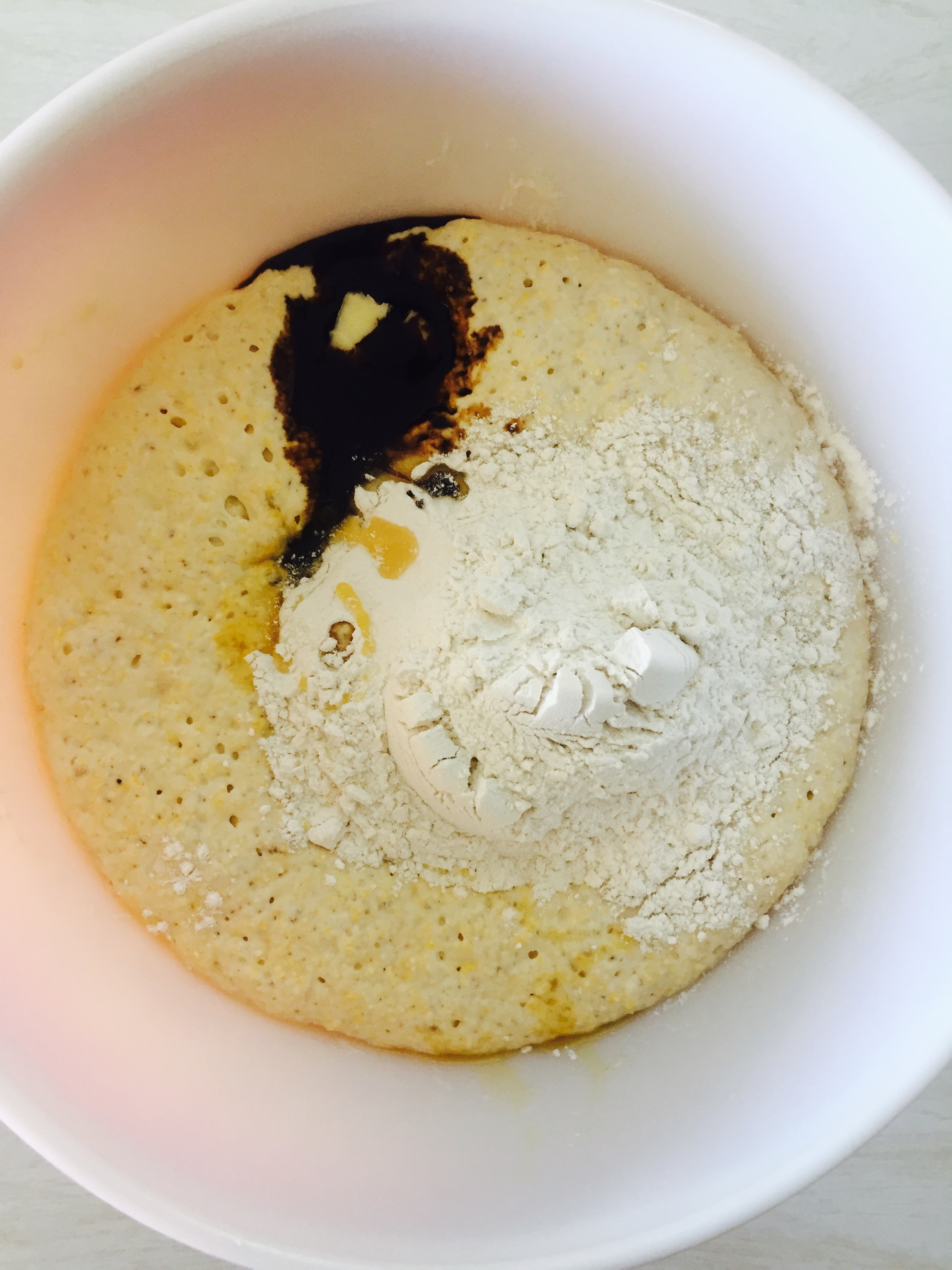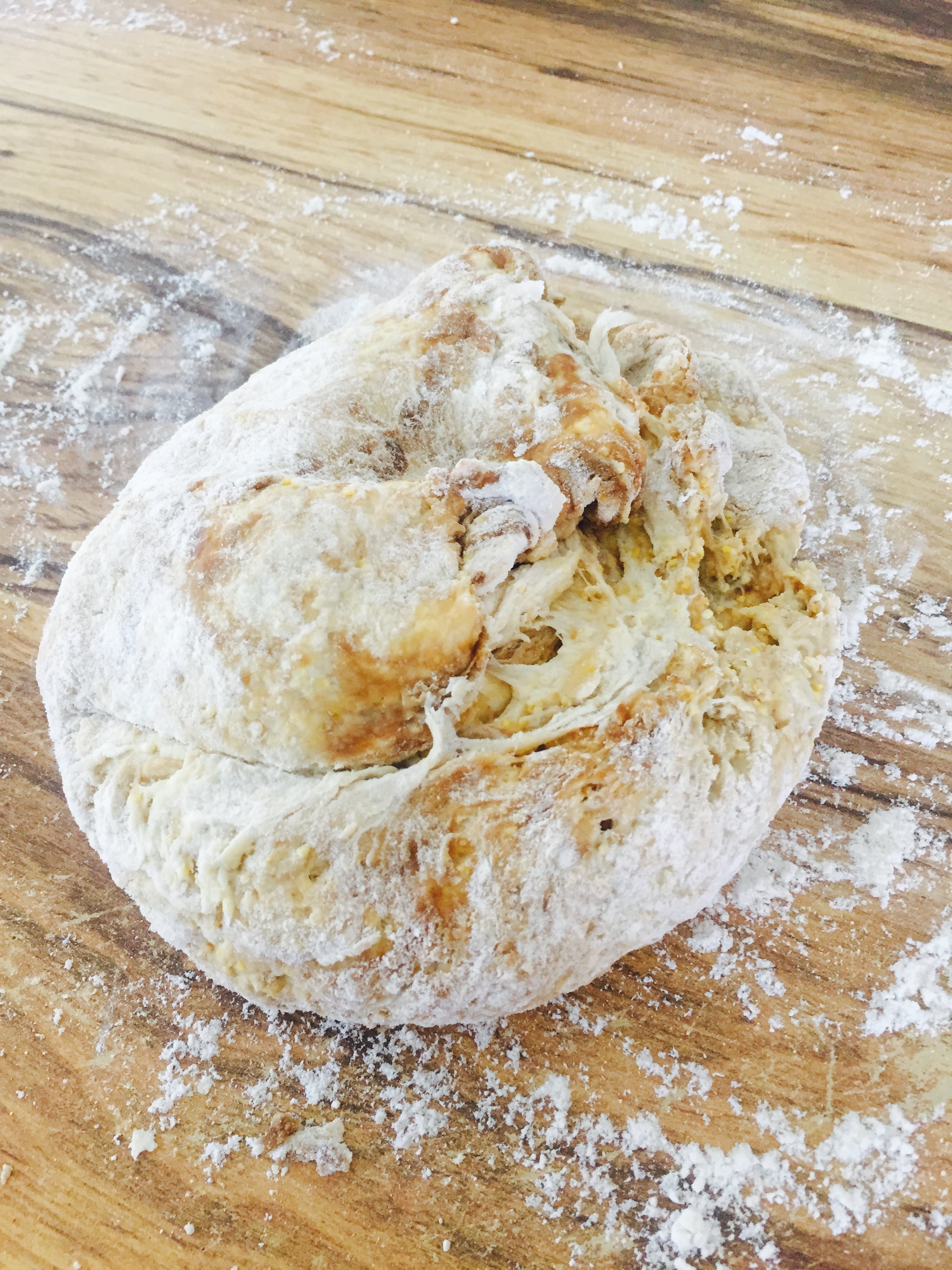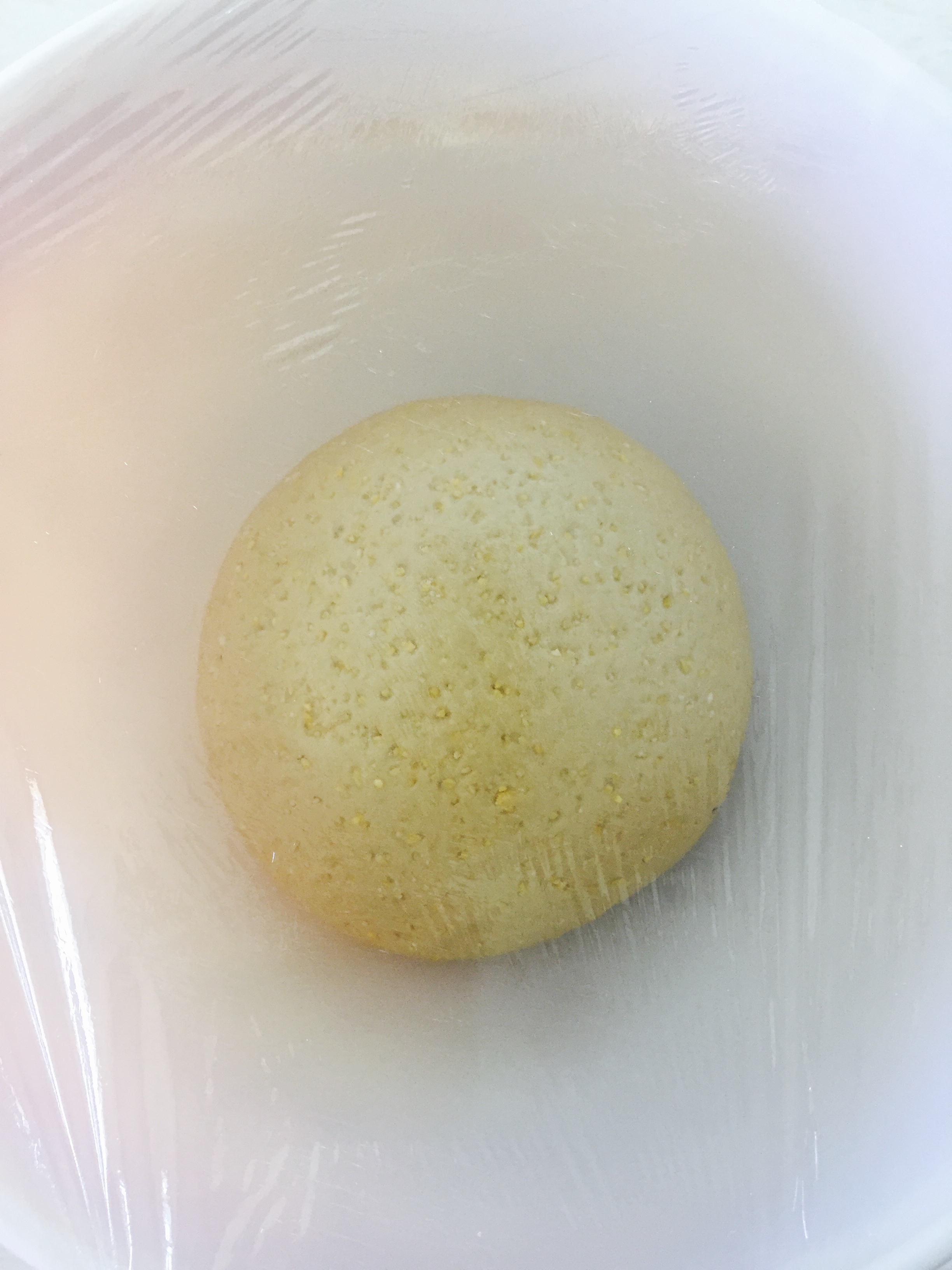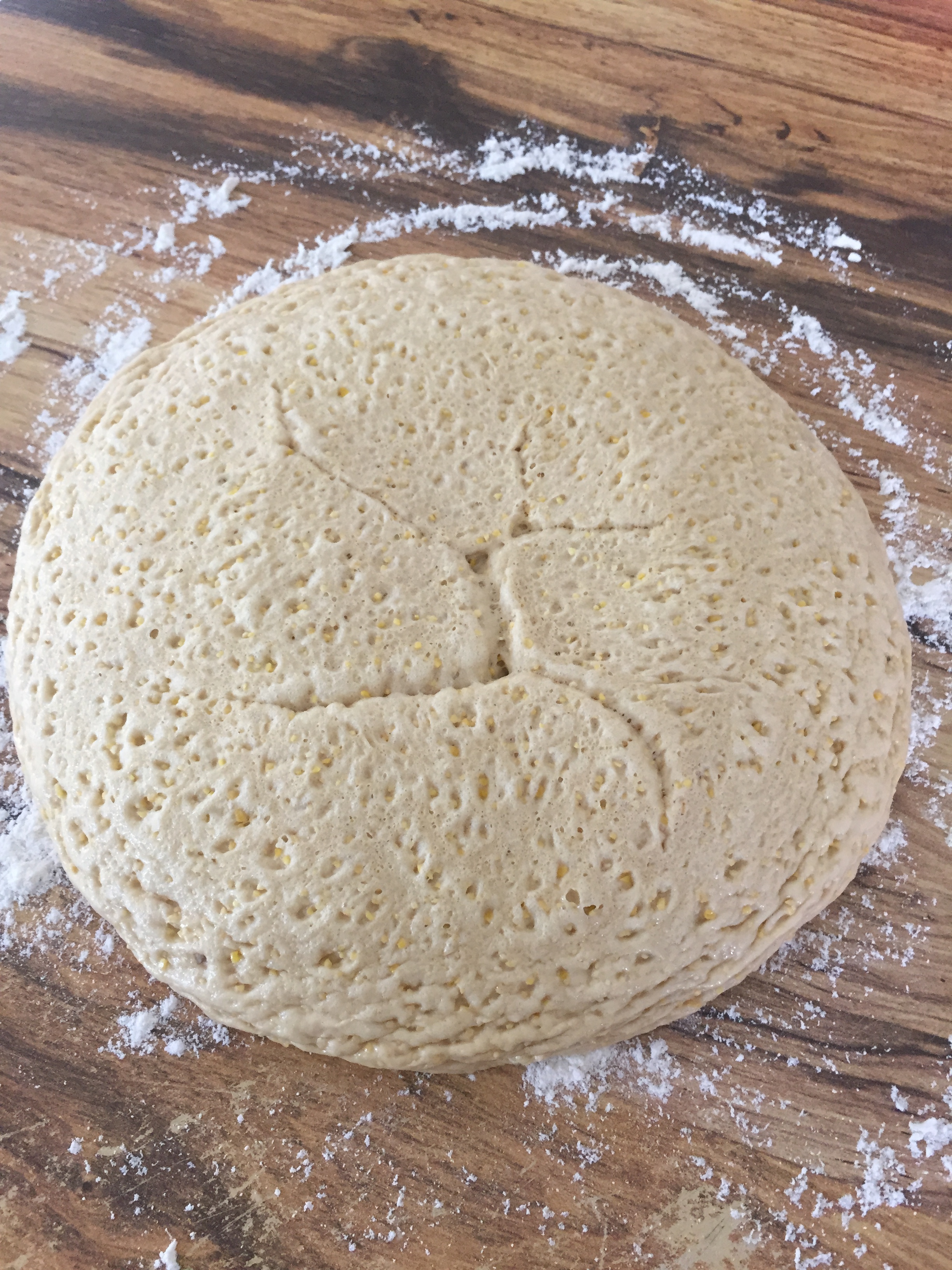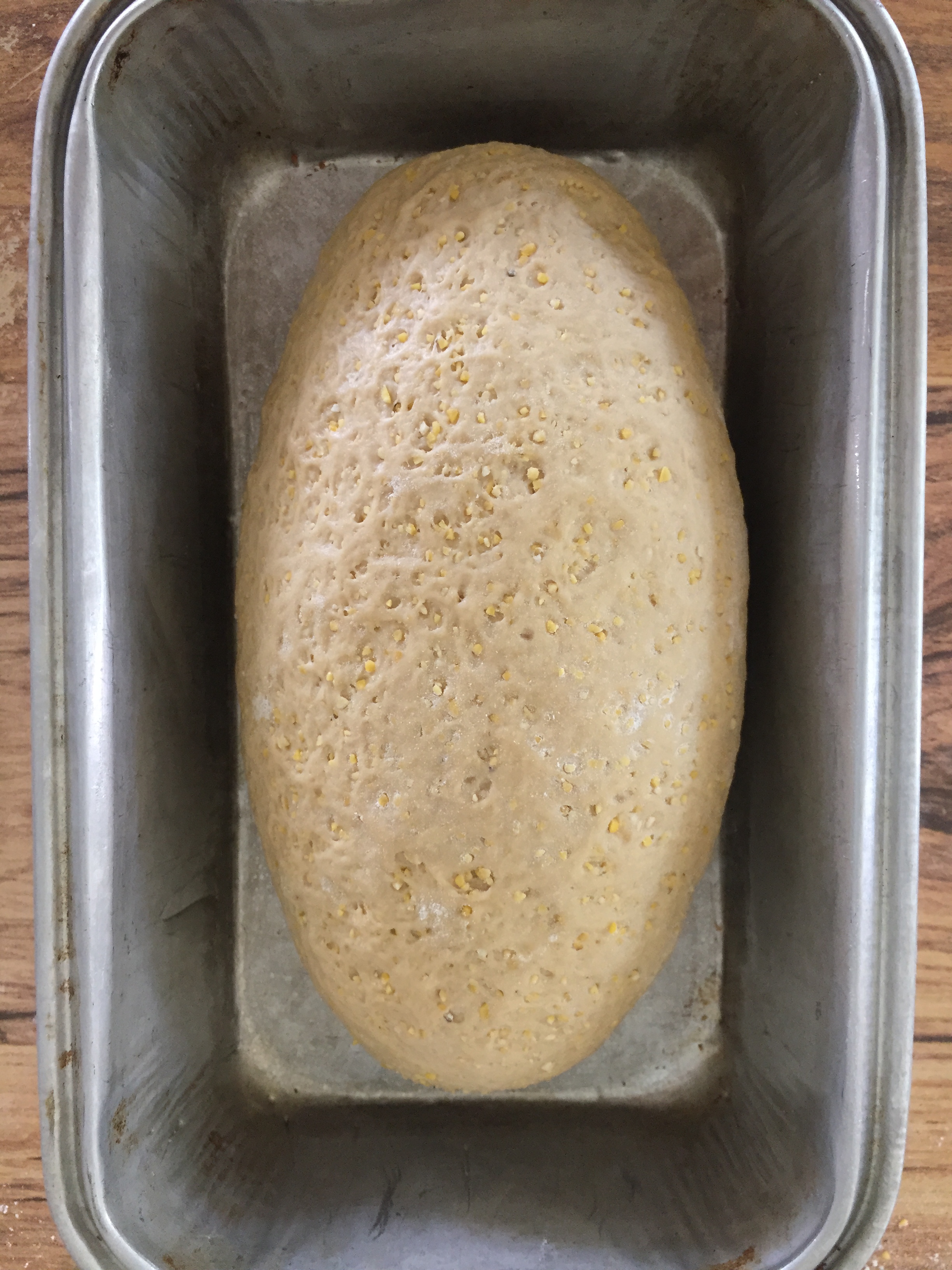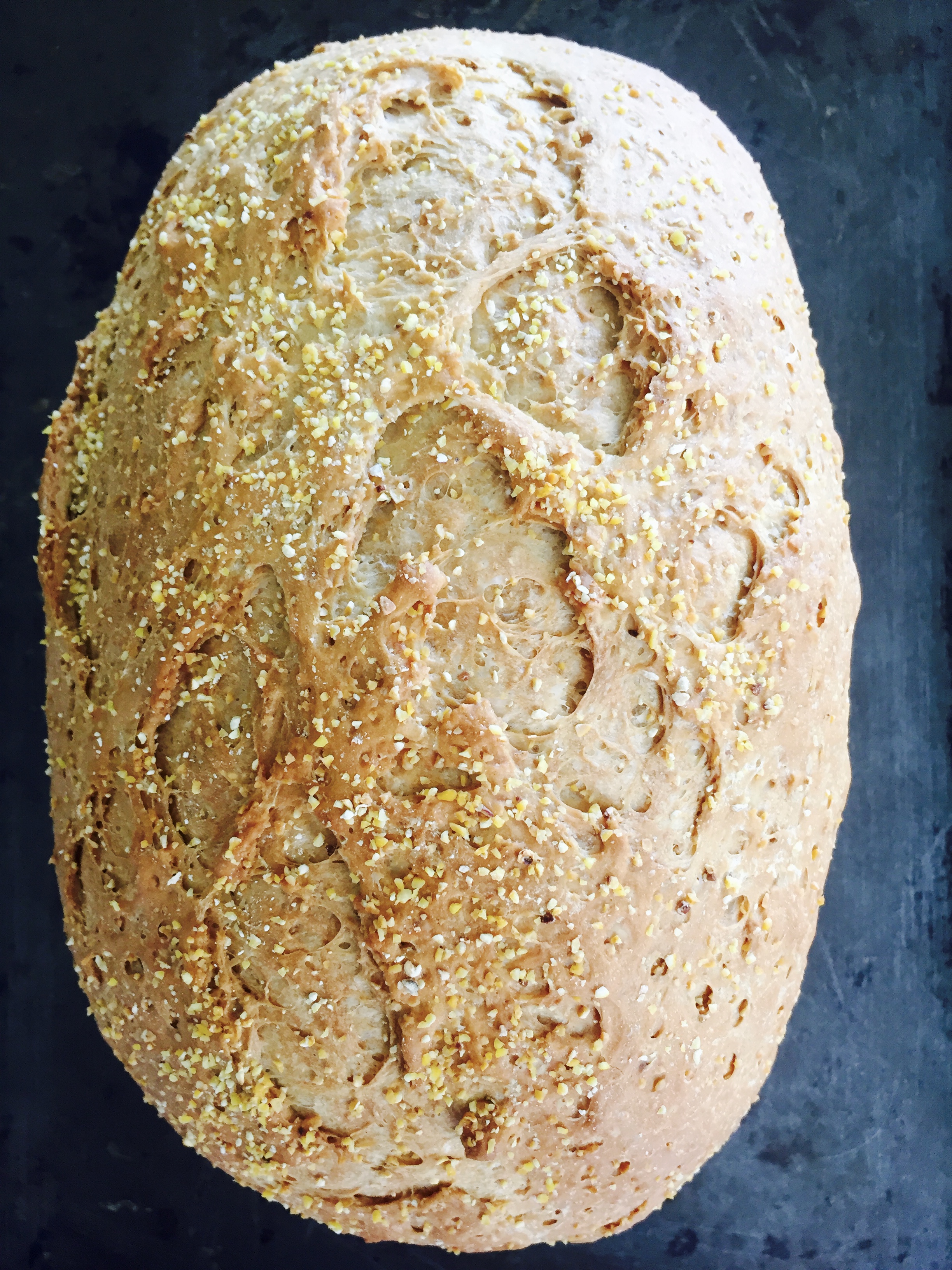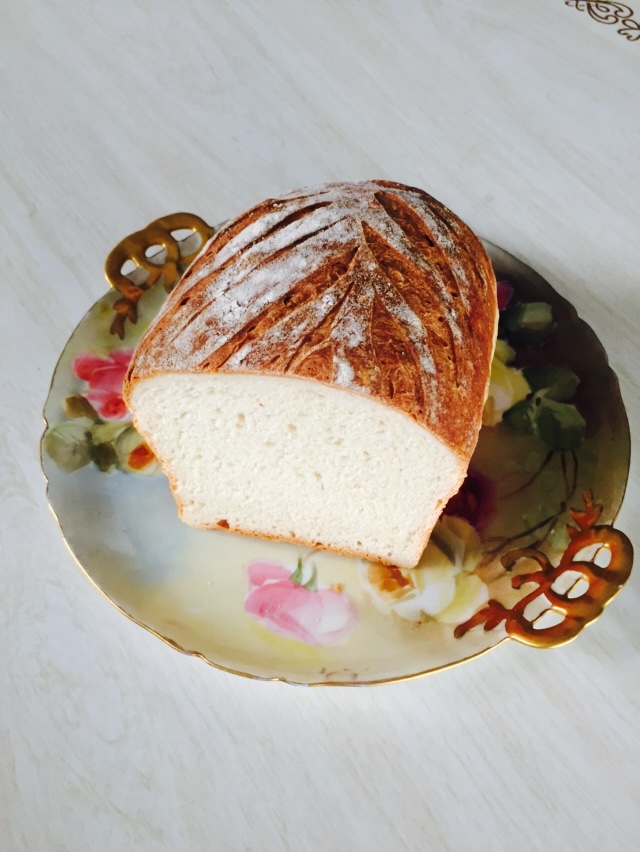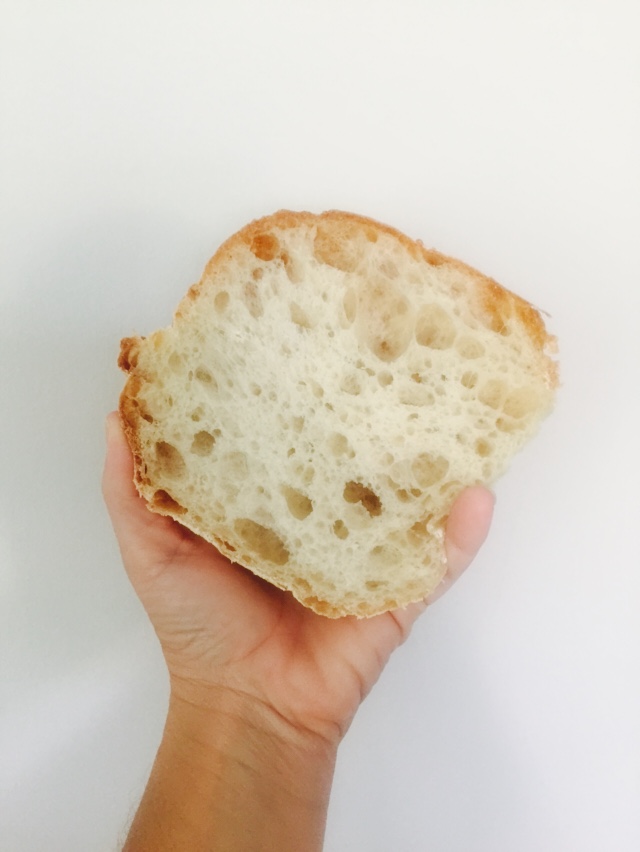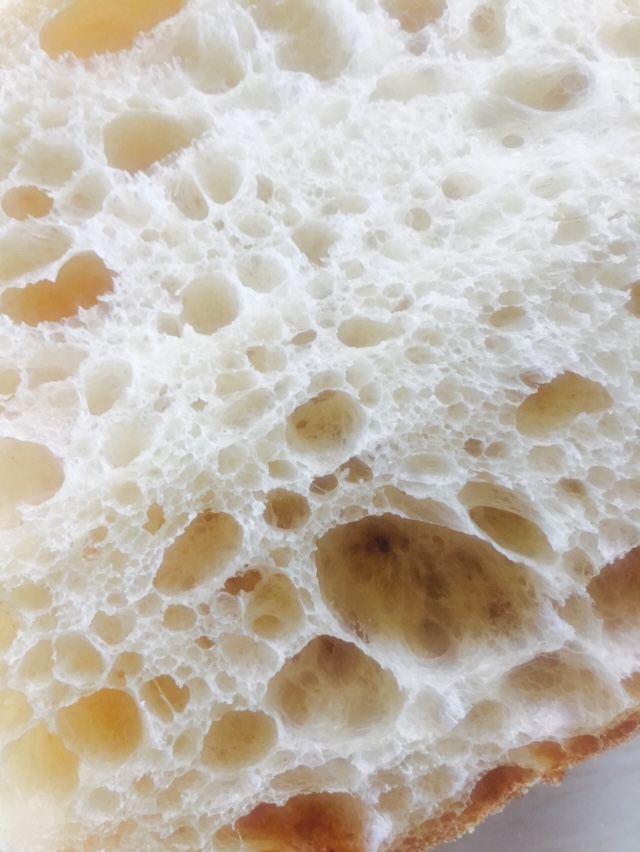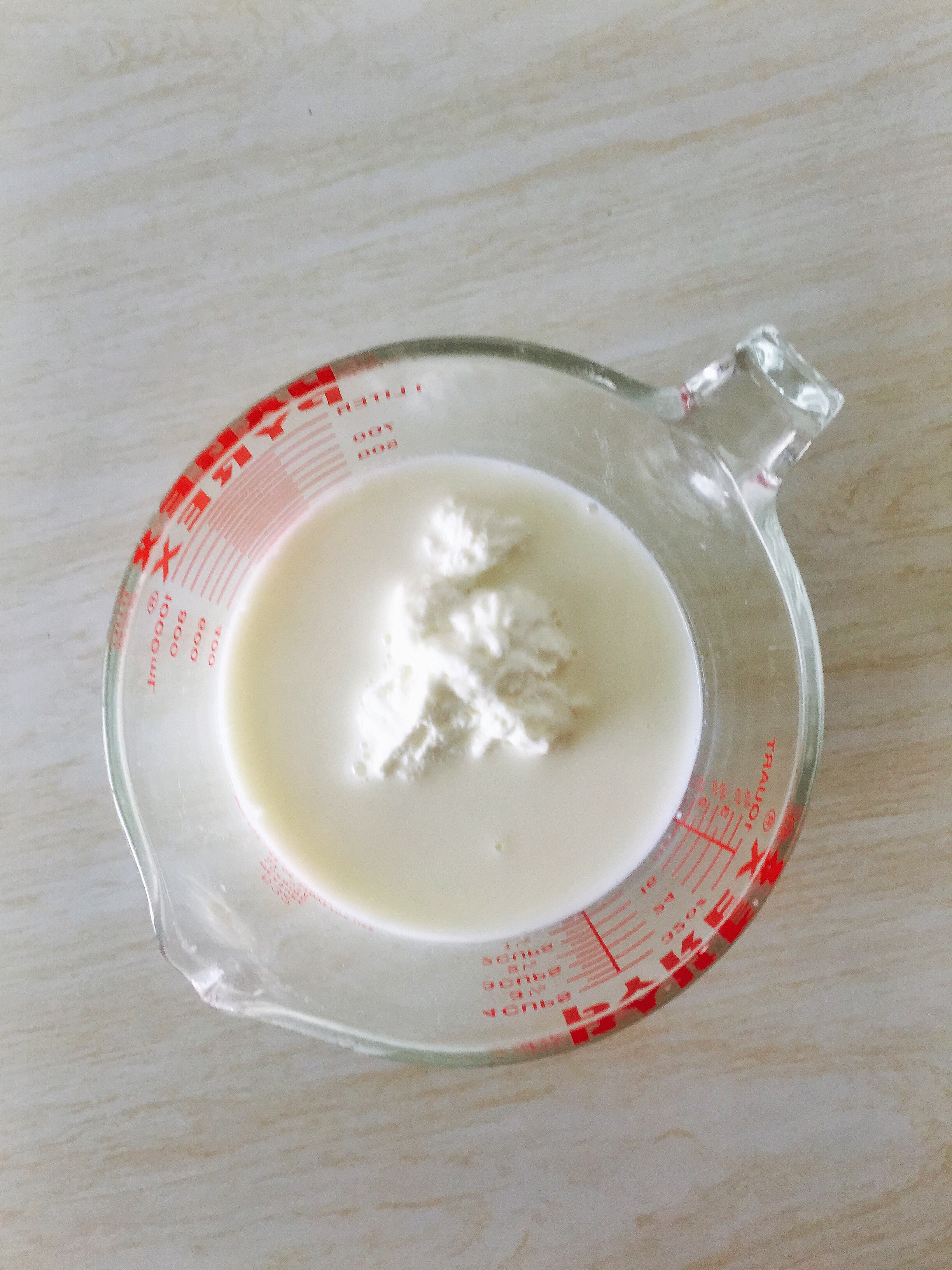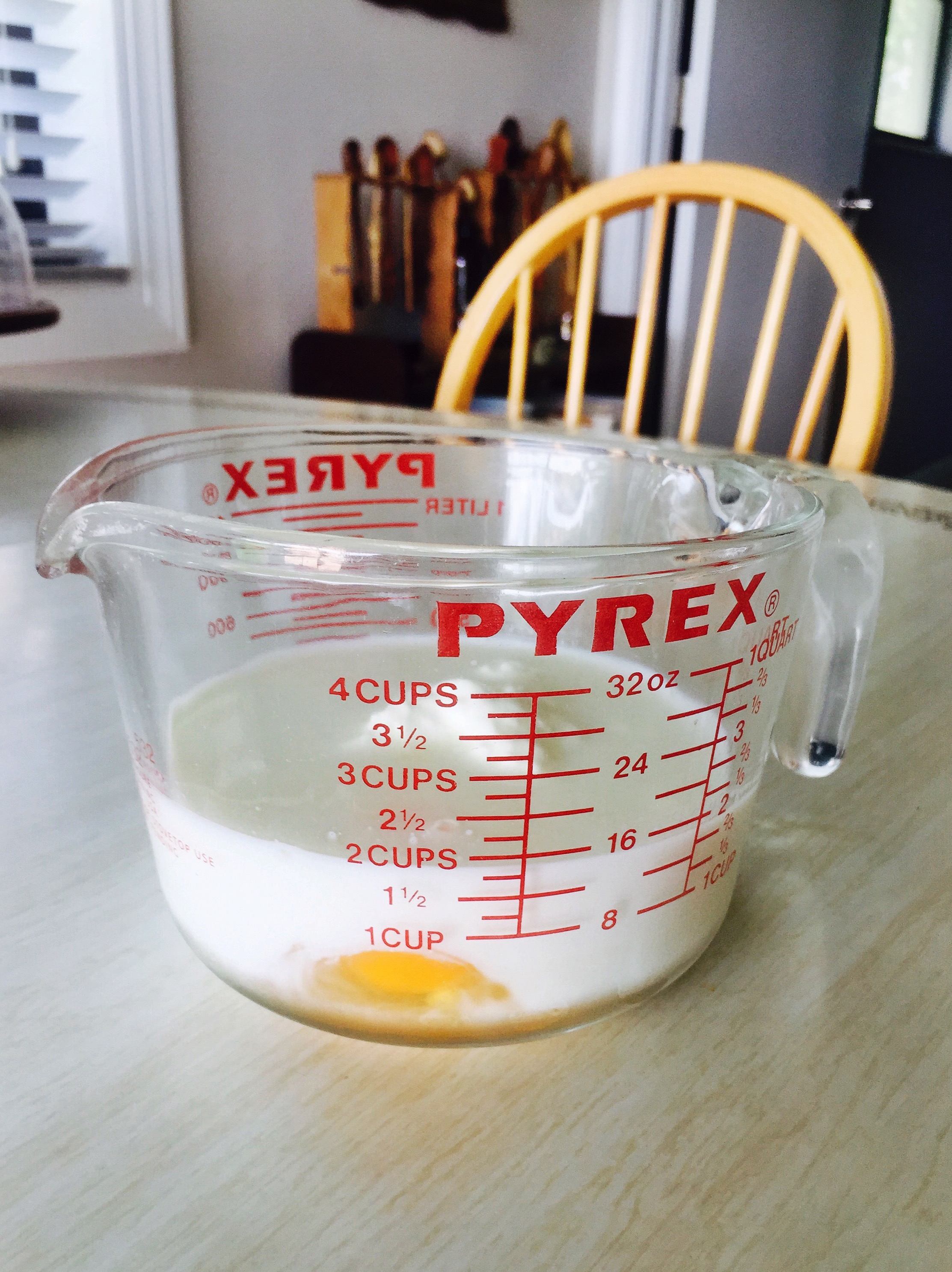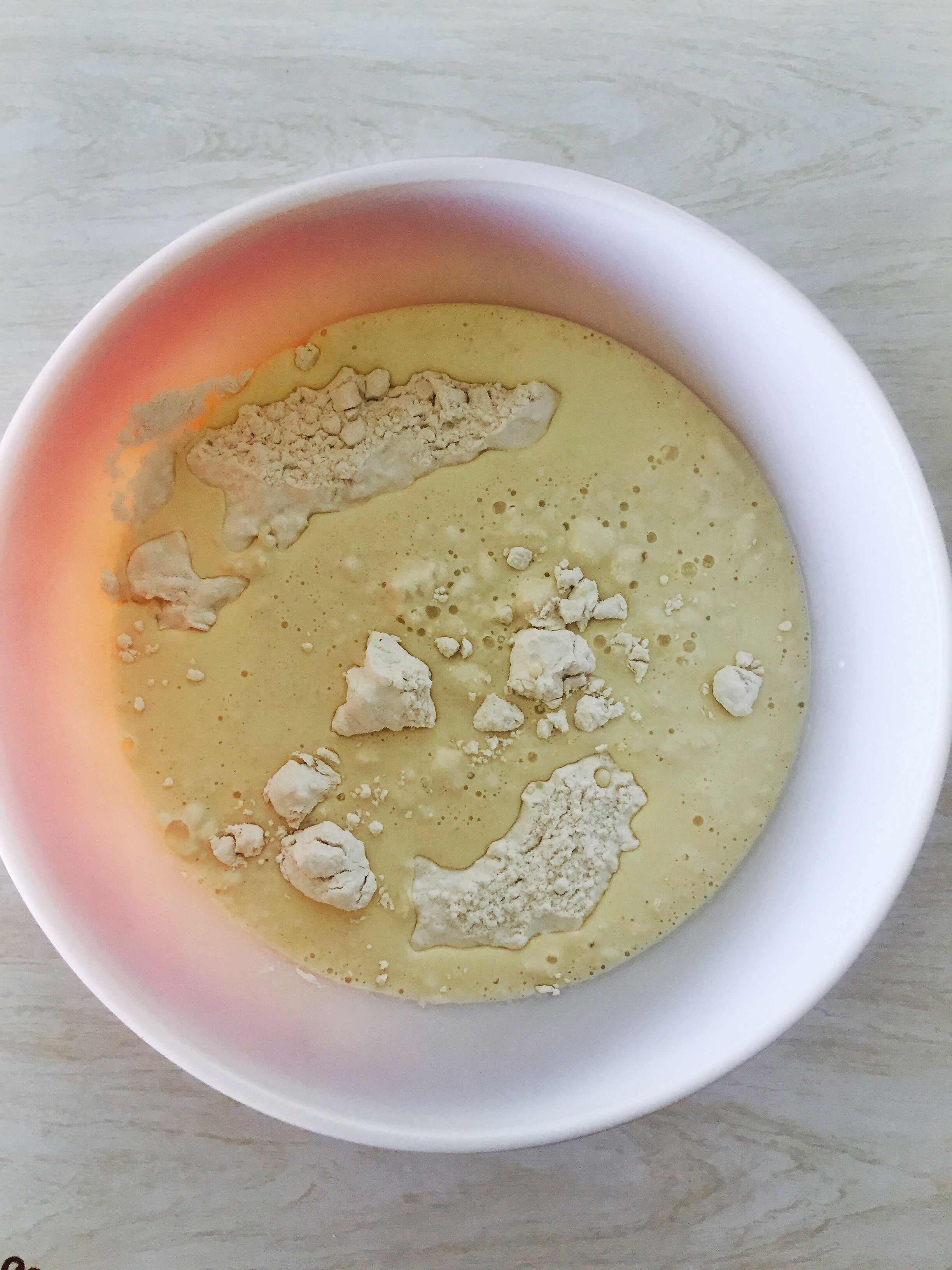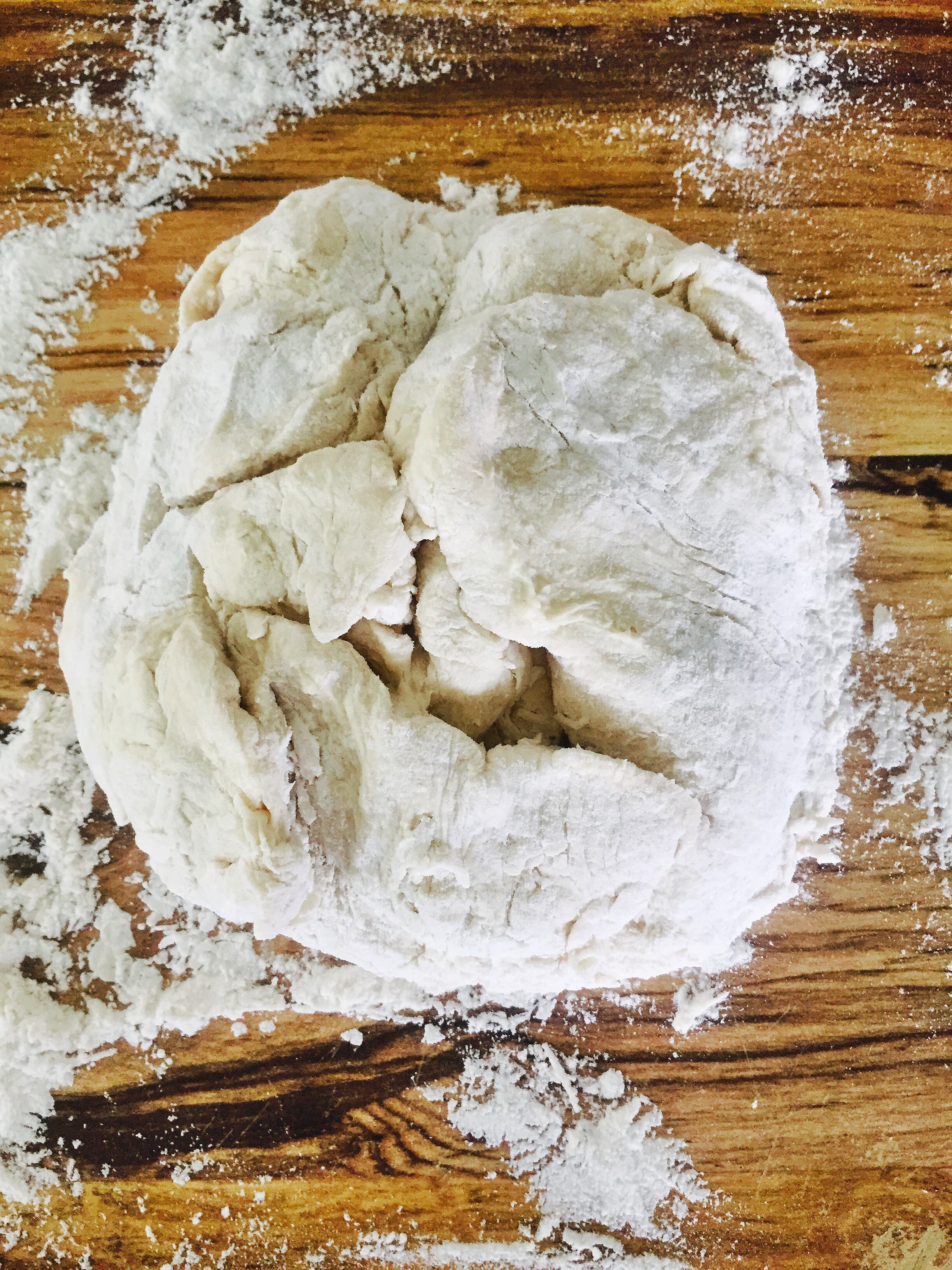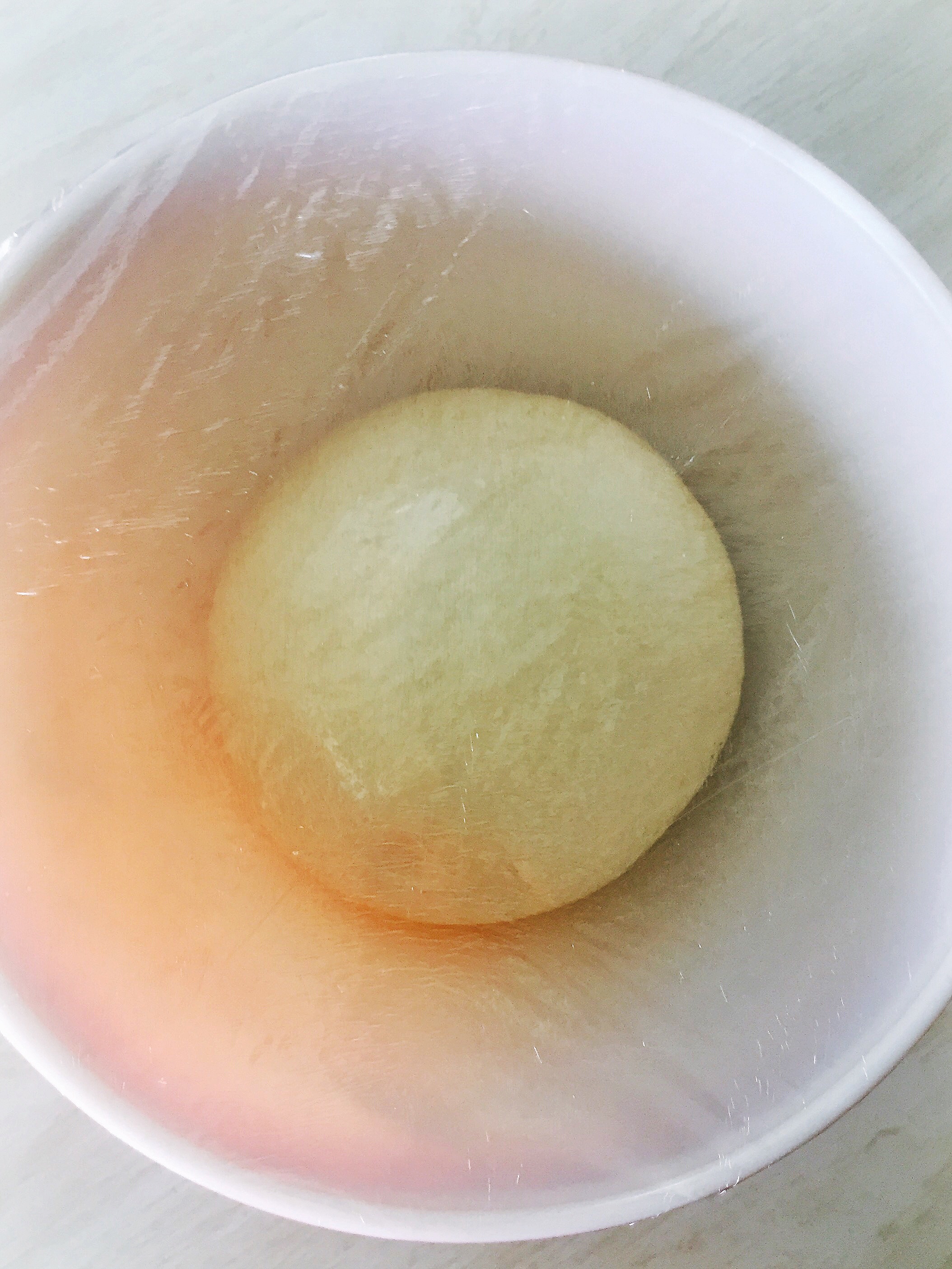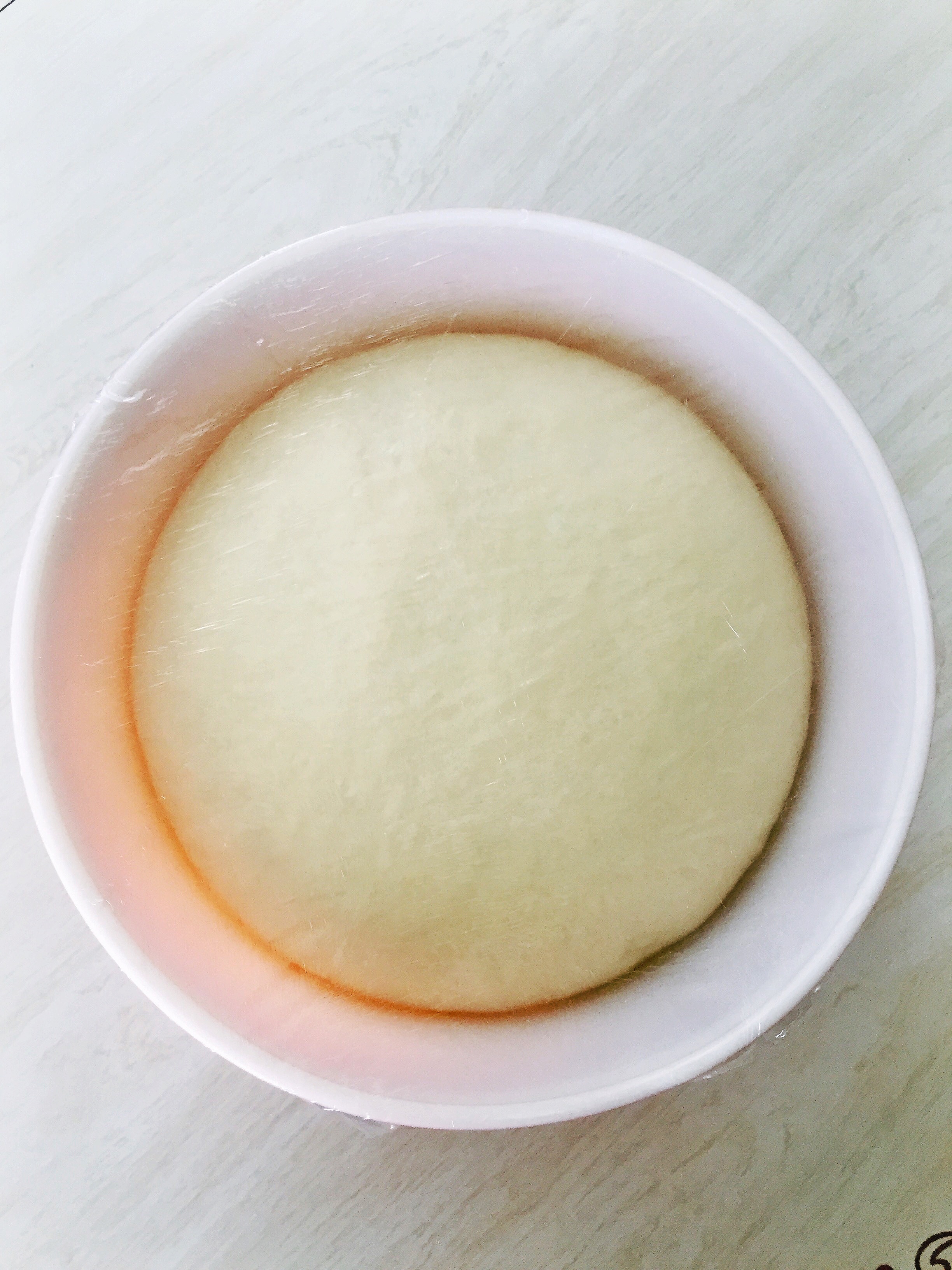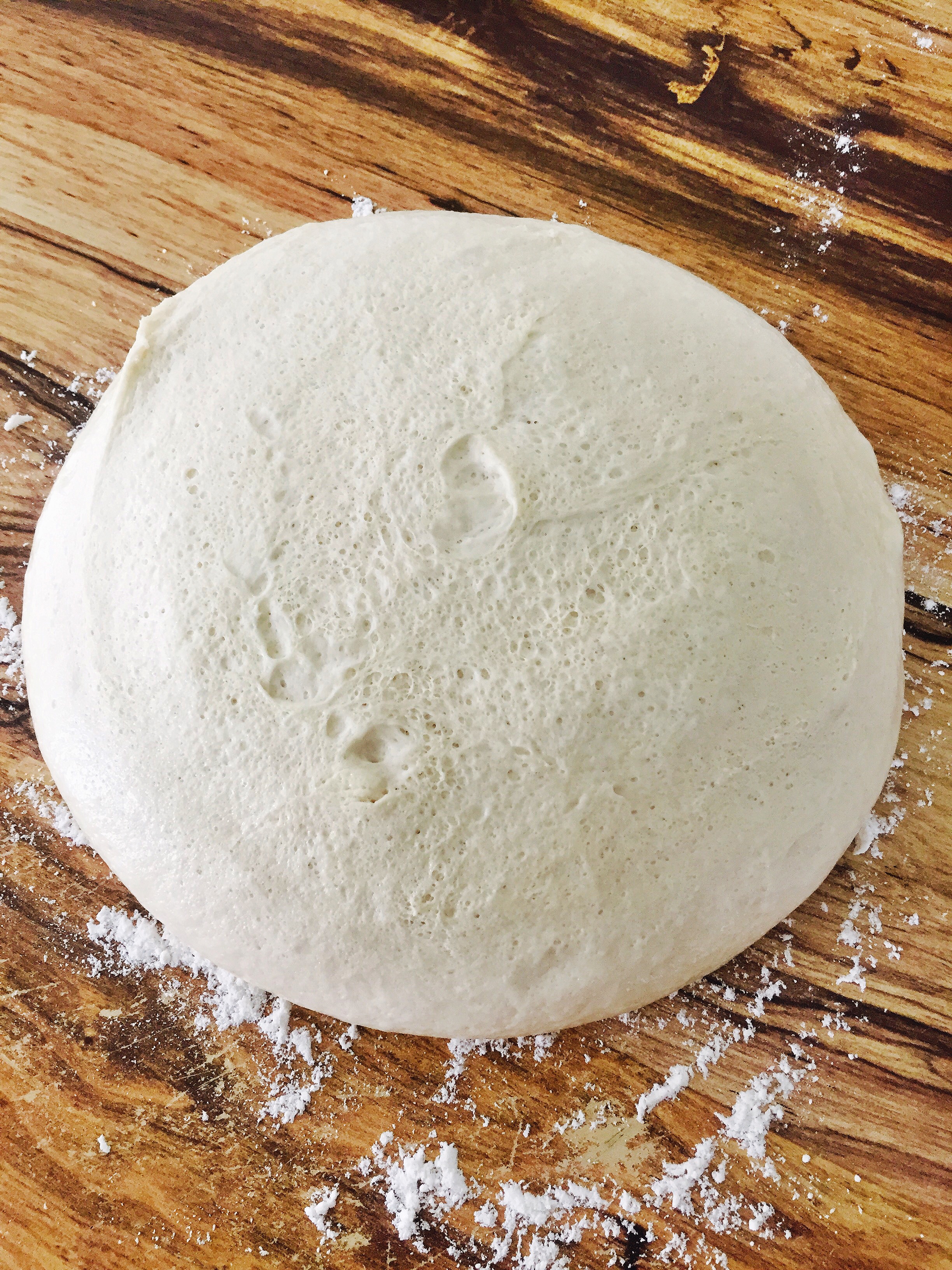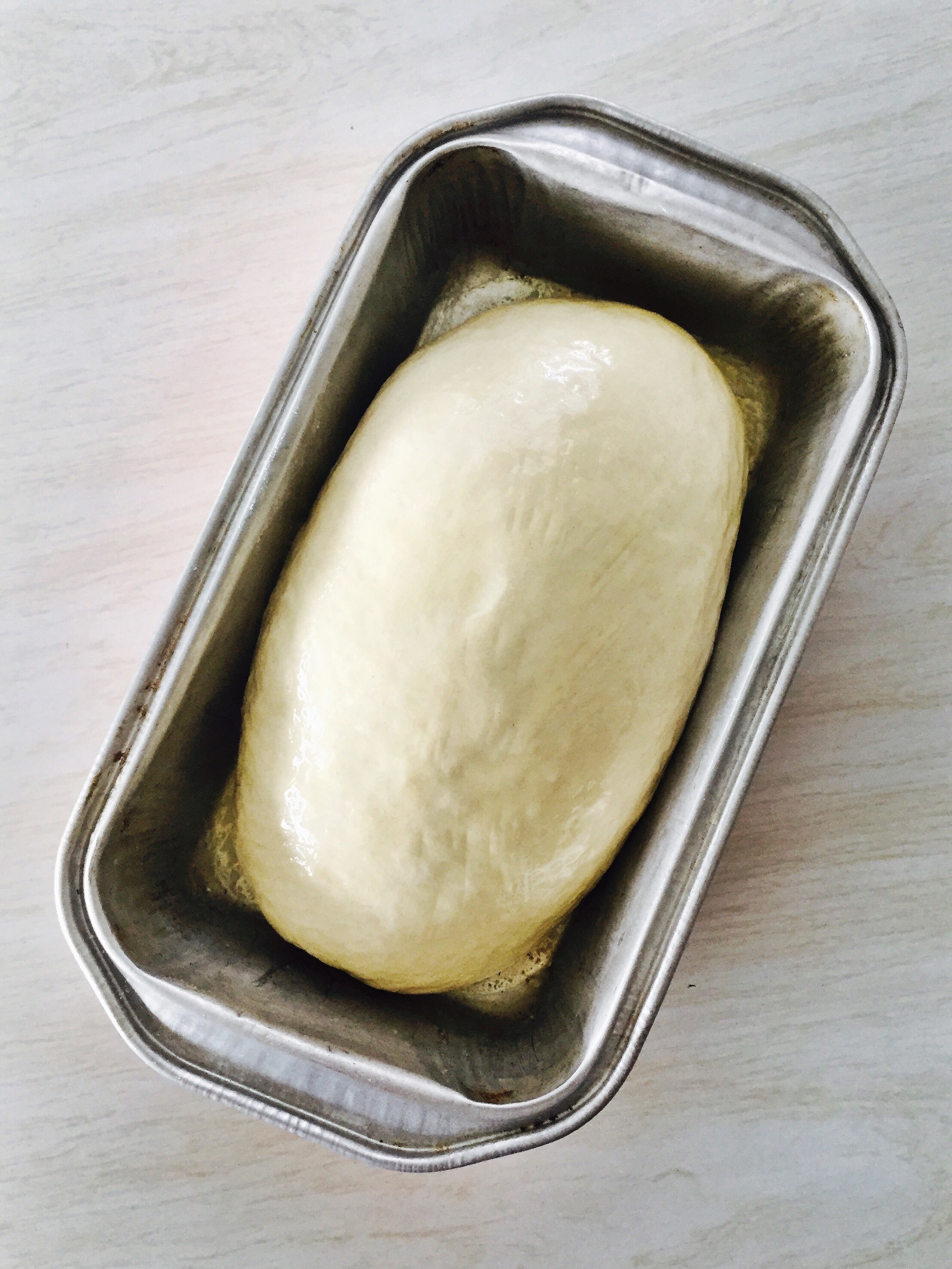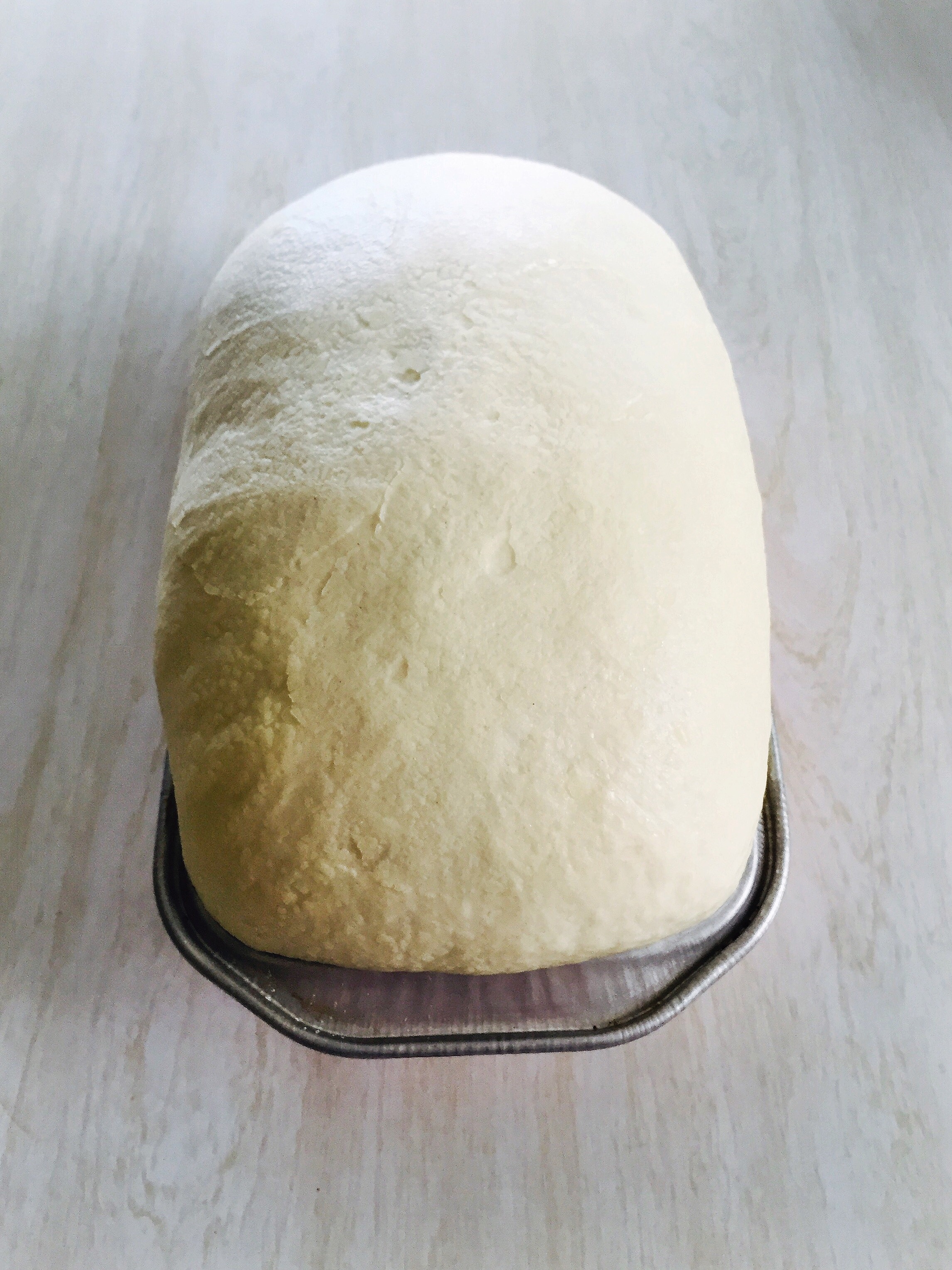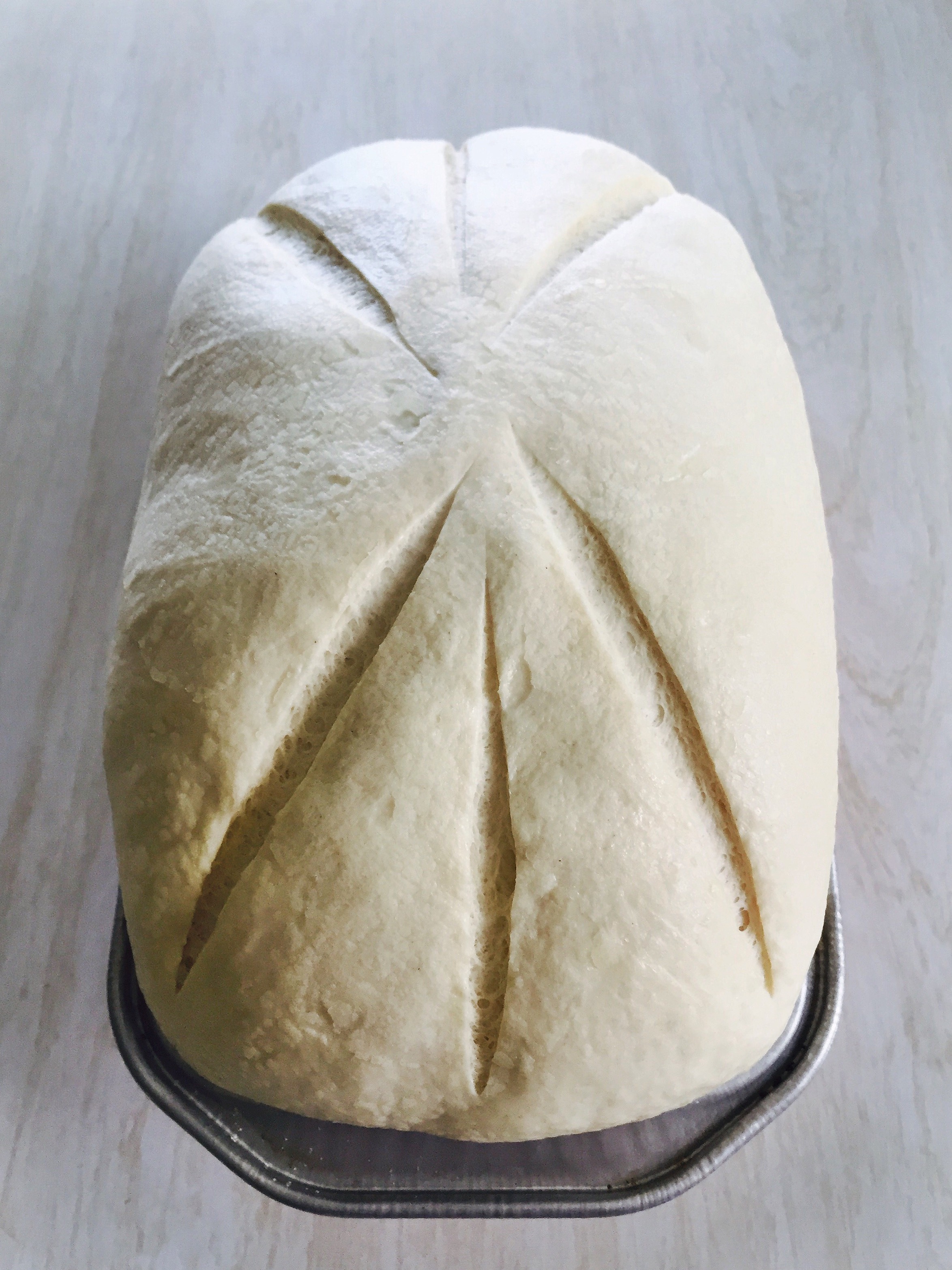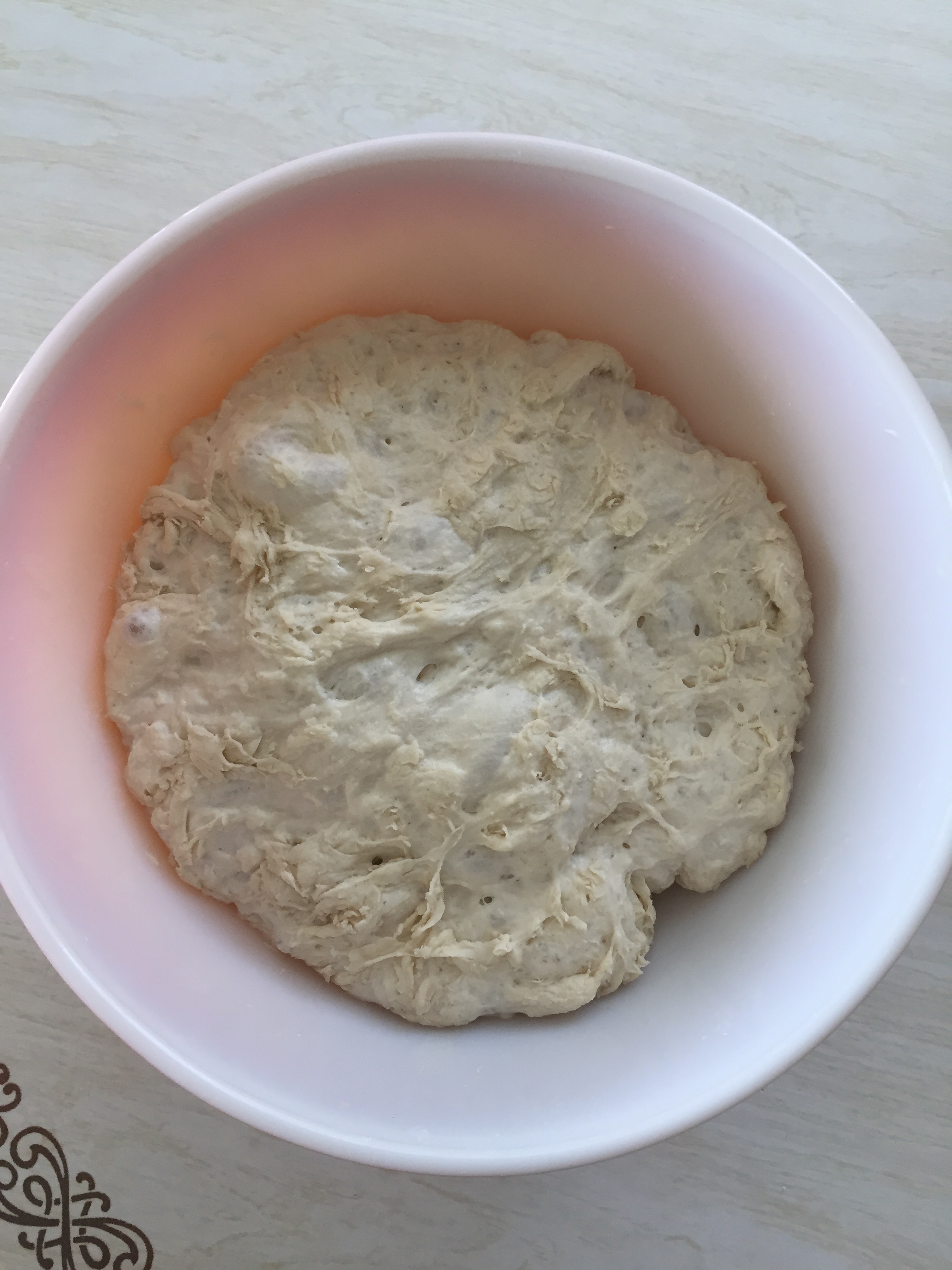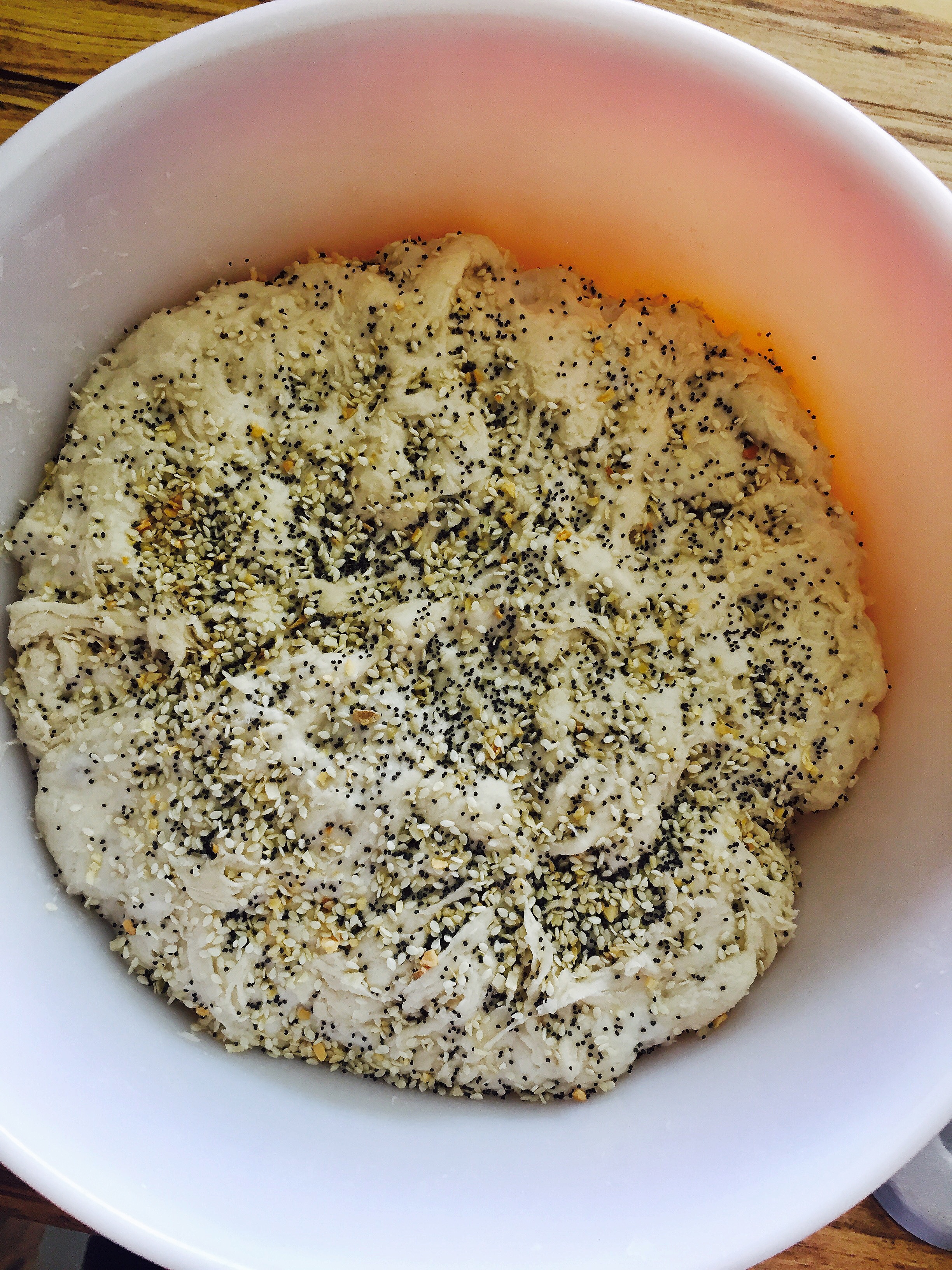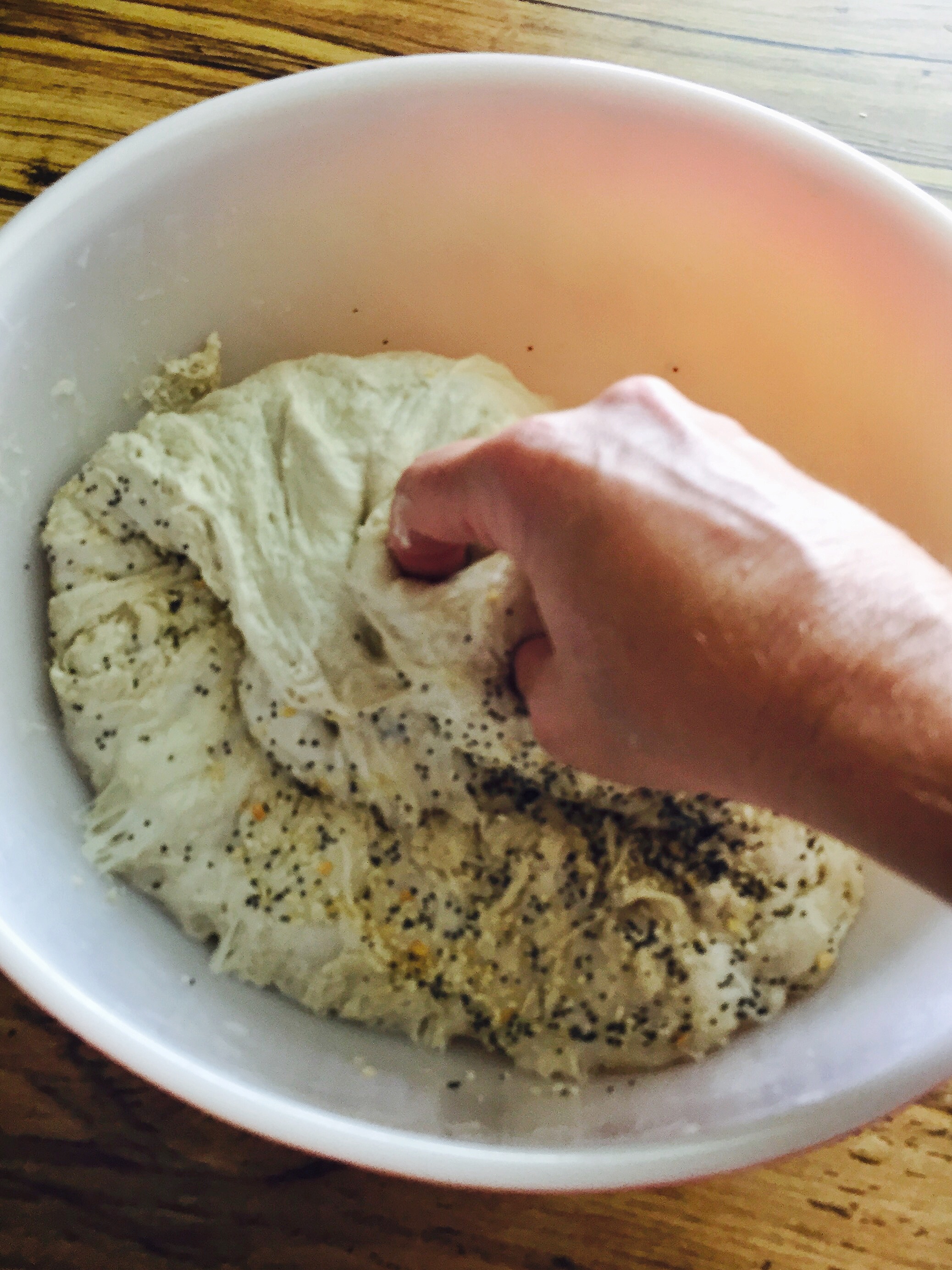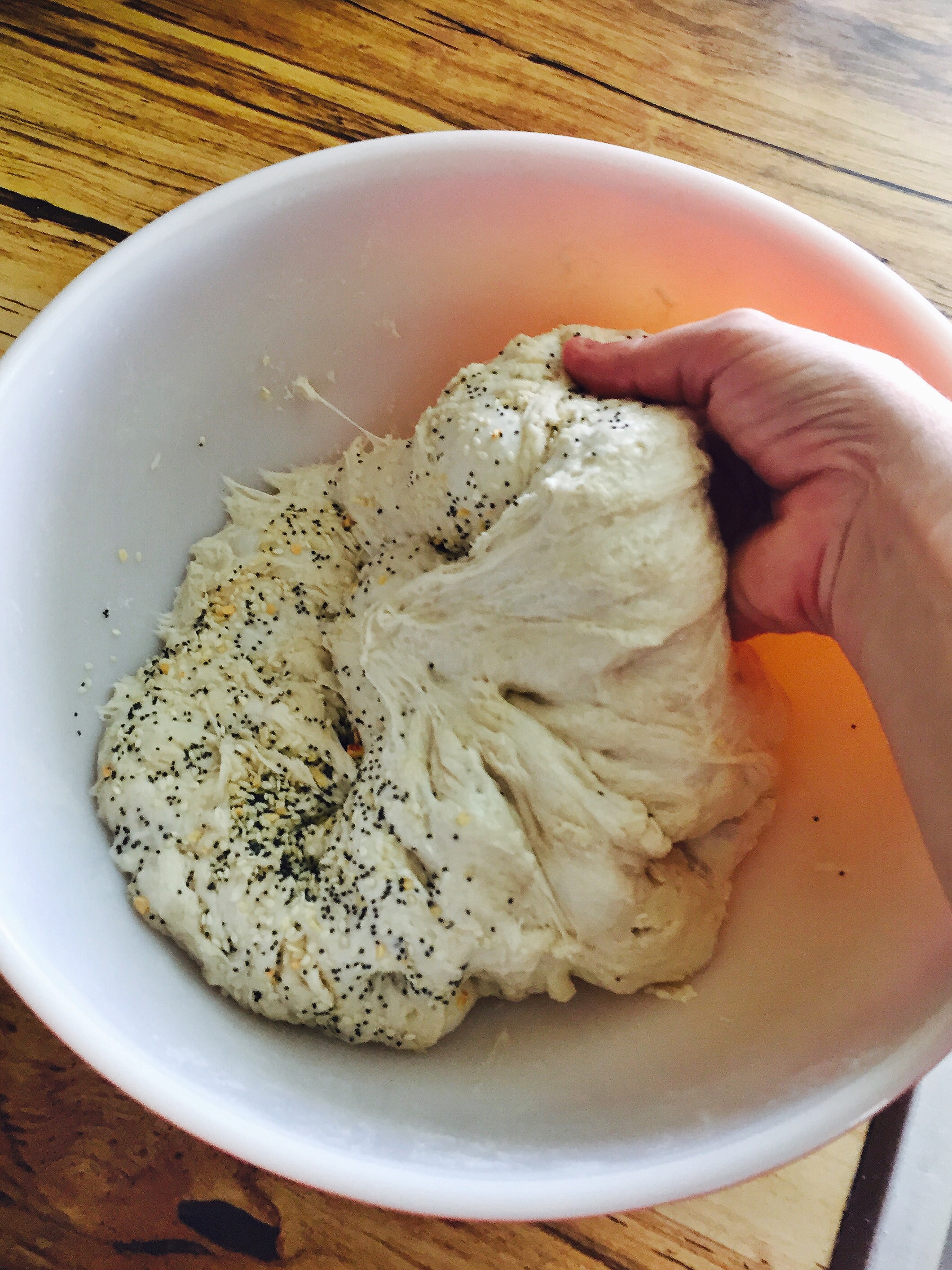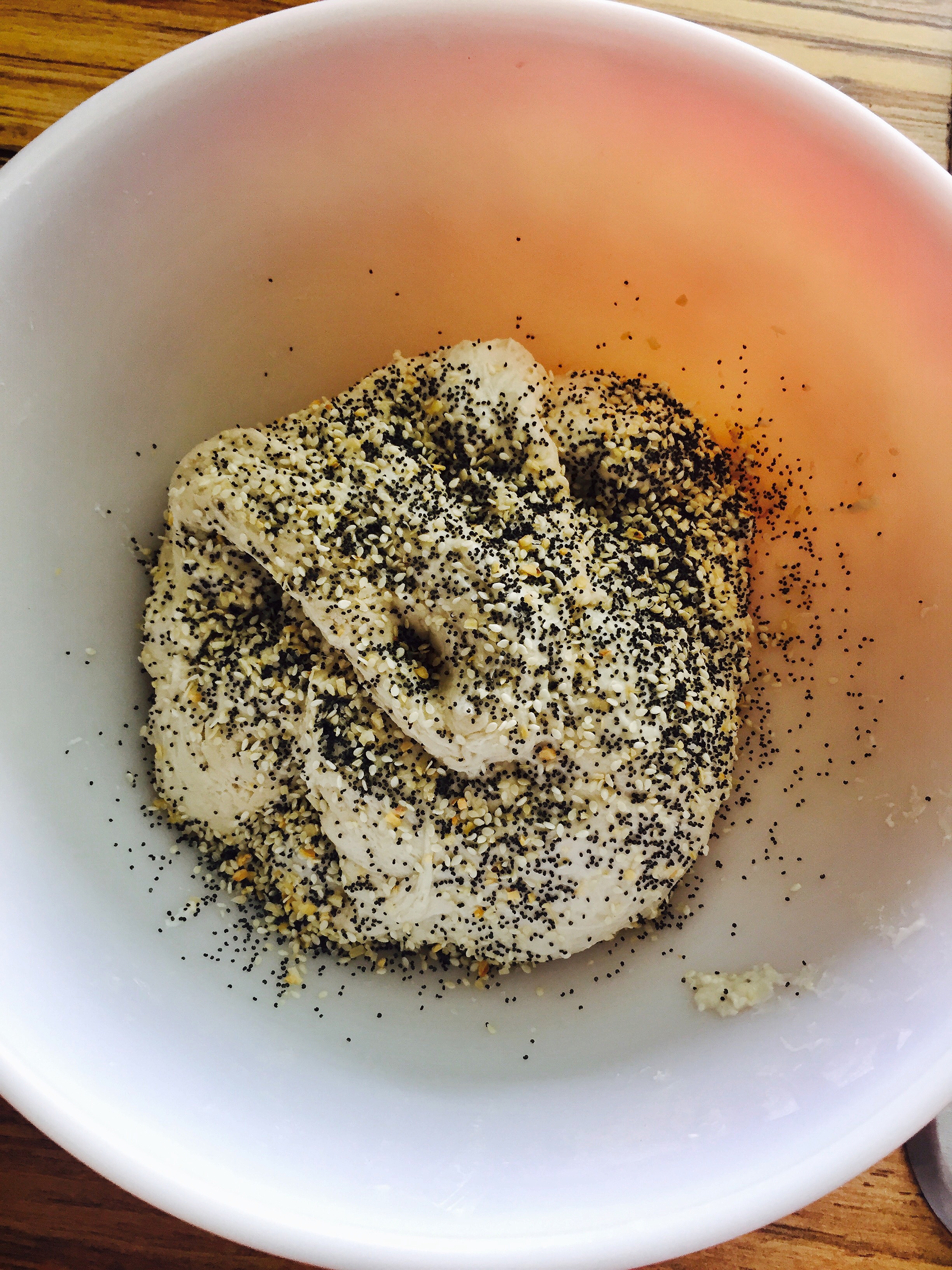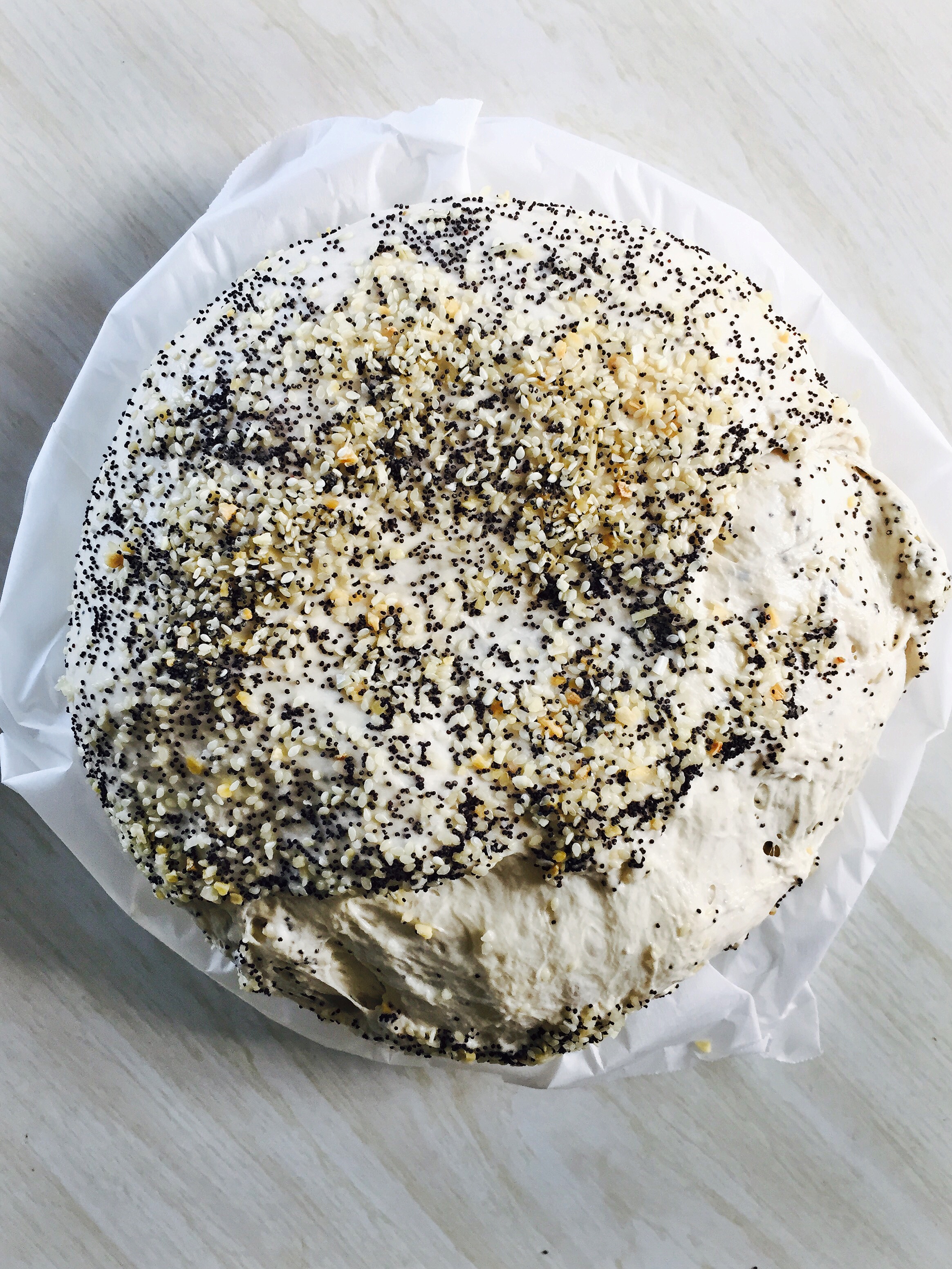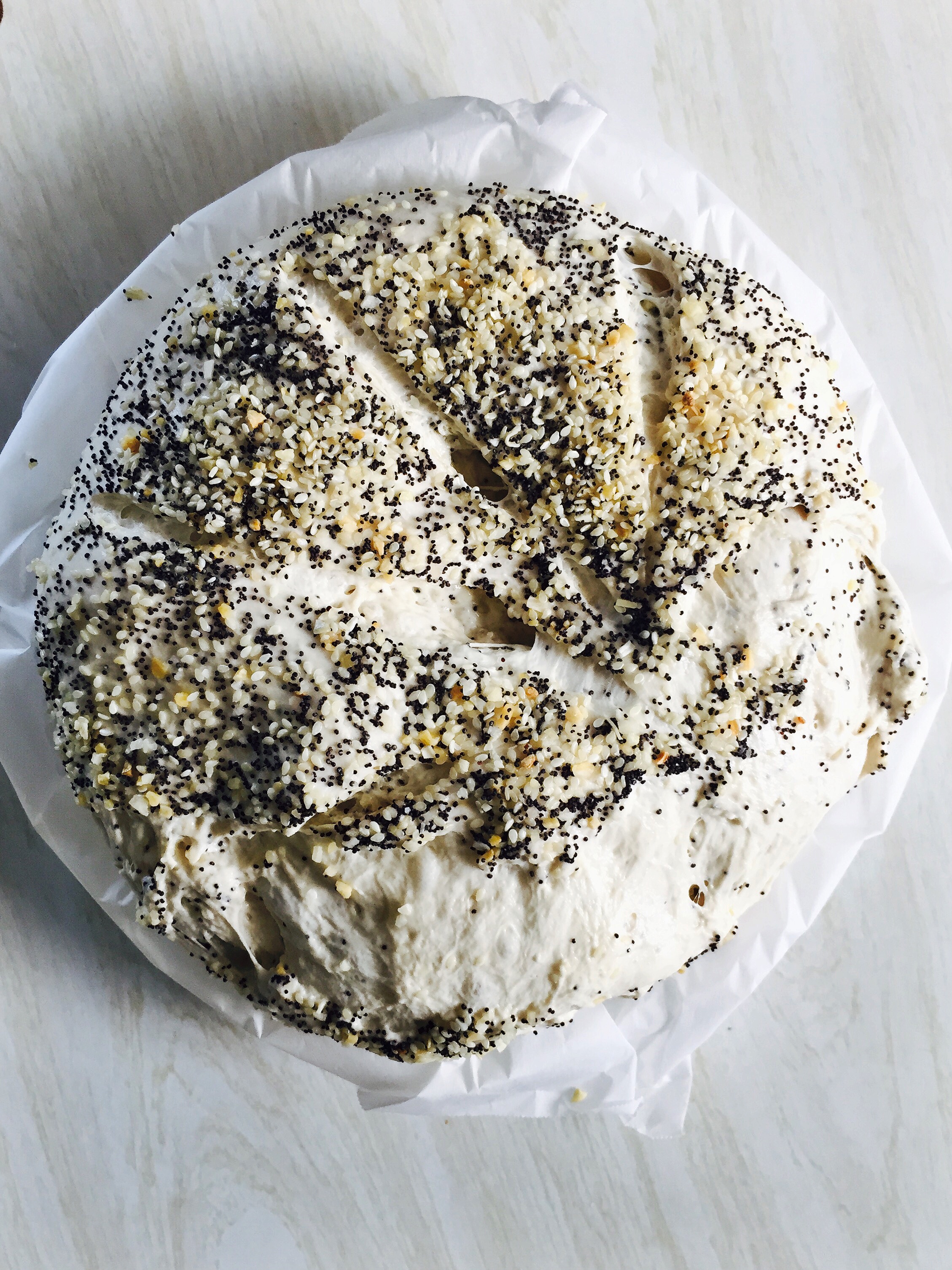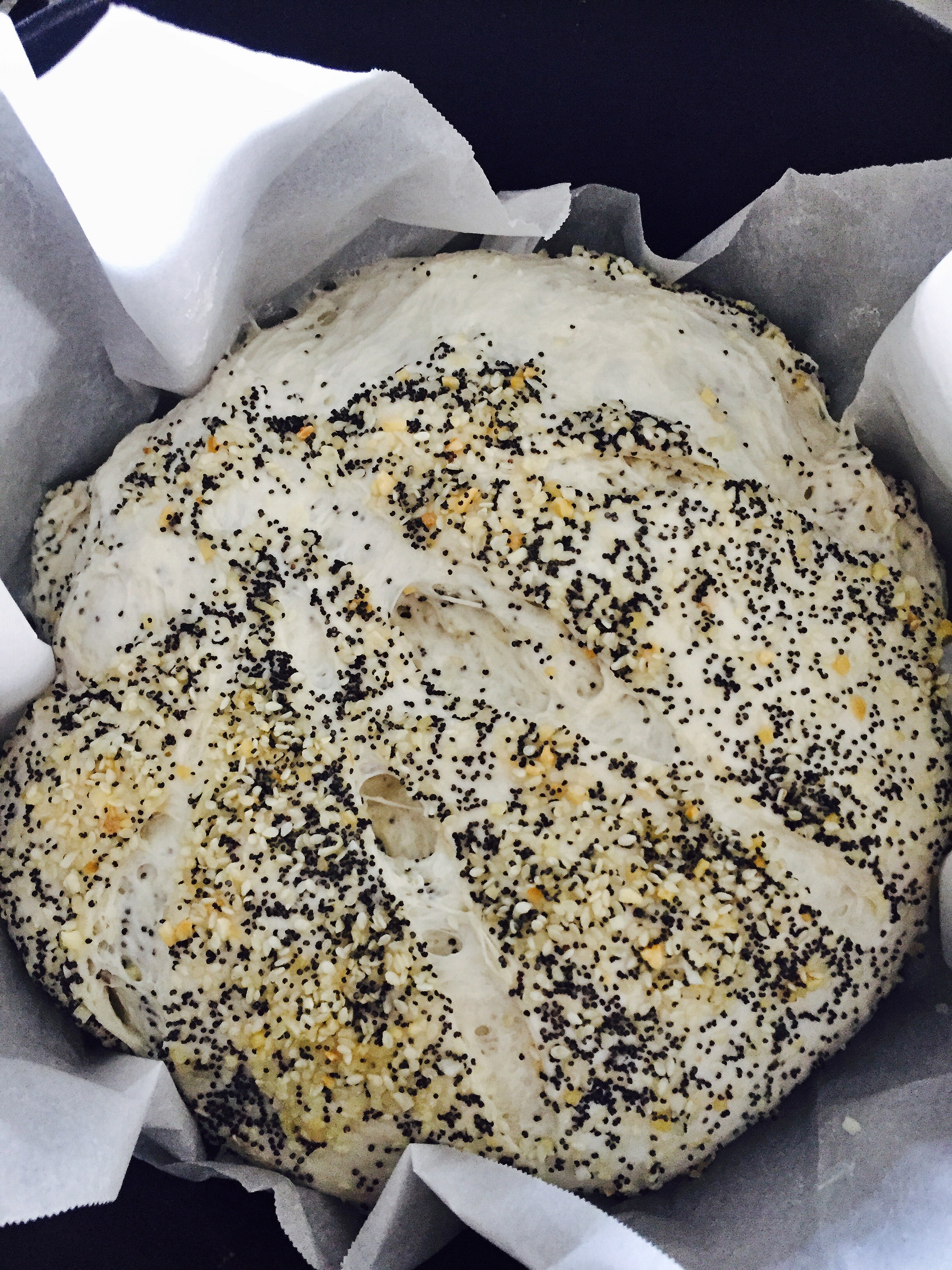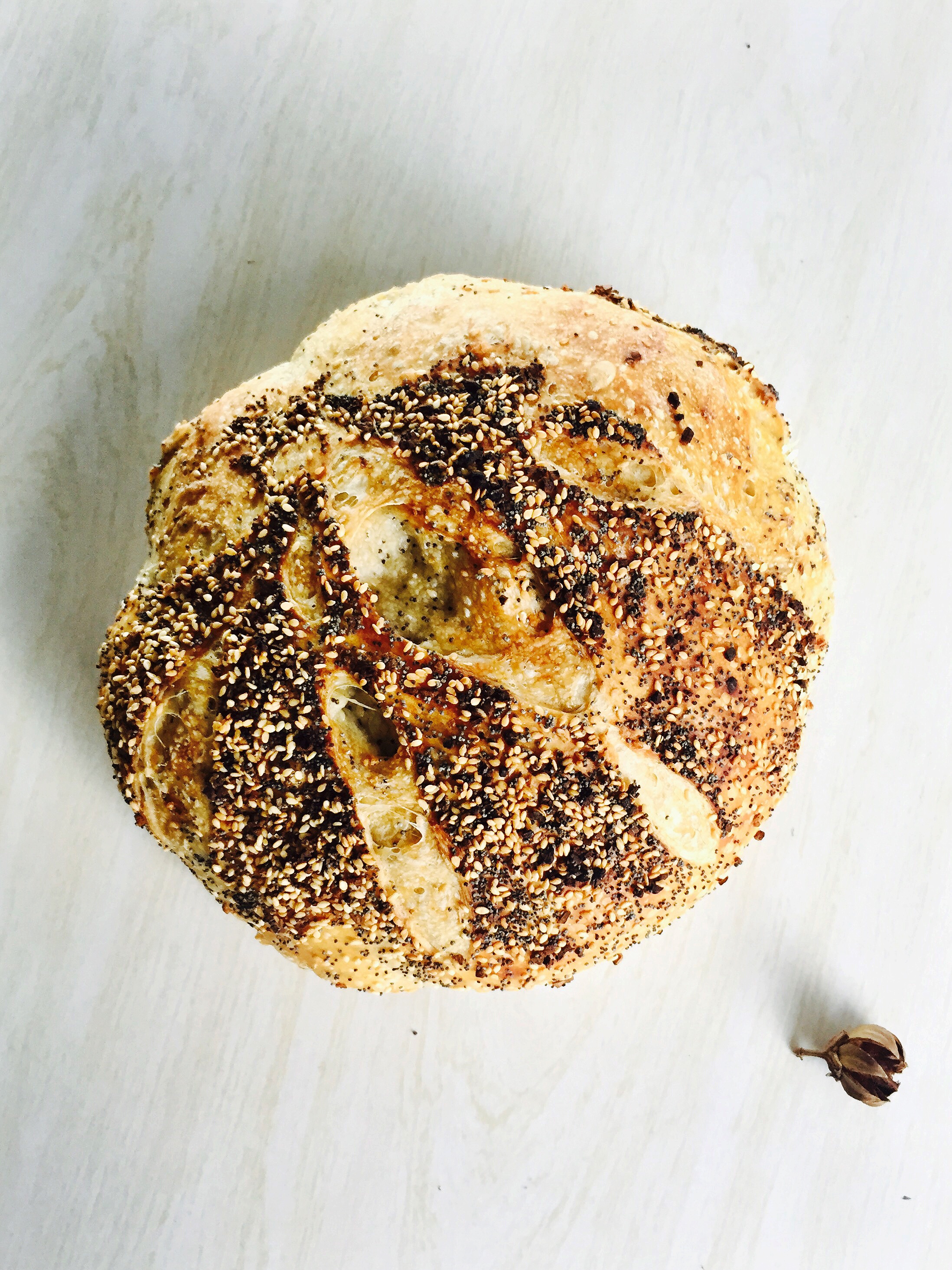The value of a good soak: A bread story
Fun fact about me; I’ve never met a soak I didn’t like. Pools, spas, friend’s bath tubs… I live for anything resembling an immersion tank. I’m not joking. I will plan trips around where I can get my soak on, and occasionally have resorted to sneaking around town, just to sneak myself into a local hotel hot tub. Being up to my ears in water has a calming effect and the warmer the water, the better! Half the time I bring myself to the brink of fainting. I know that probably sounds extreme but ascending from a tank so utterly depleted, lends itself to some mad rest. Such lassitude is where the aches of life get a chance to heal and I can move about my days a bit softer and more forgiving. Well guess what? The same goes for bread making!
Equal parts flour and water soaking in a bowl.
Recipe
Soaker:
1 cup flour
1 cup water
Dough:
2 cups flour
1 1/4 tsp yeast
1 1/2 tsp salt
Process:
Combine the soaking ingredients in a large bowl and let rest for 2 to 8 hours.
After resting, add the additional ingredients to make the dough.
Mix it well so the dough starts to form and then knead it until it’s springy (10 minutes-ish?)
Cover and rest for 1 hour in a clean bowl that’s been greased with oil.
After resting and the dough has doubled in size, punch it down and knead it again.
Shape the dough, and let rest another hour.
Preheat a dutch oven to 450F degrees.
Score the dough and carefully transfer it to the preheated dutch oven and bake for 25 minutes.
Remove the lid and reduce the temperature to 410F degrees and continue baking for 15 more minutes.
Carefully remove the bread from the oven and let cool before slicing.
Enjoy!
Bread baked from soaked flour.
So, soaked flour, soaked self… both produce good results. Give it a go and feel your way through the process. The dough will be light, and the crumb of the bread softer. Not a bad things really.
Bake on!
